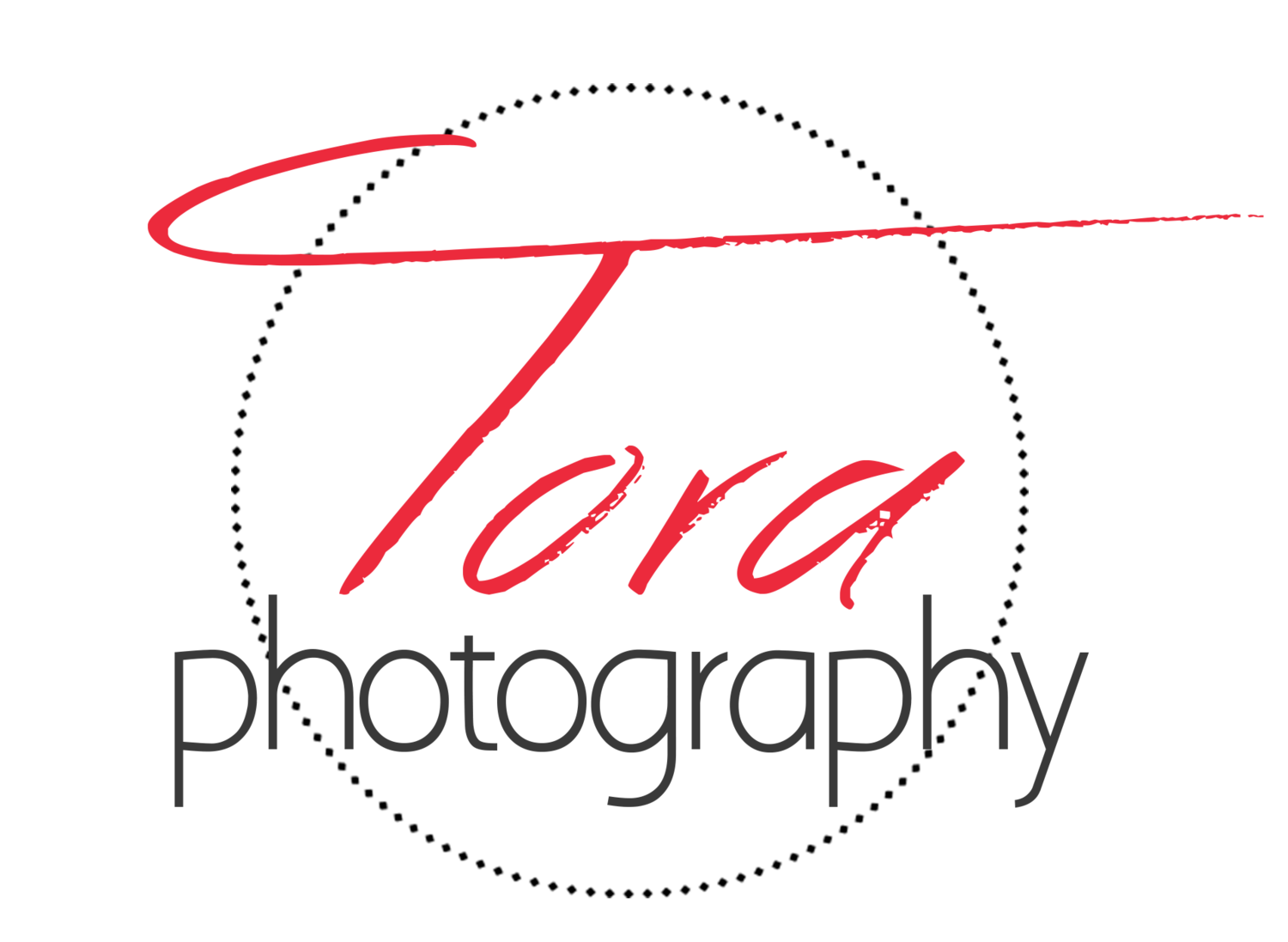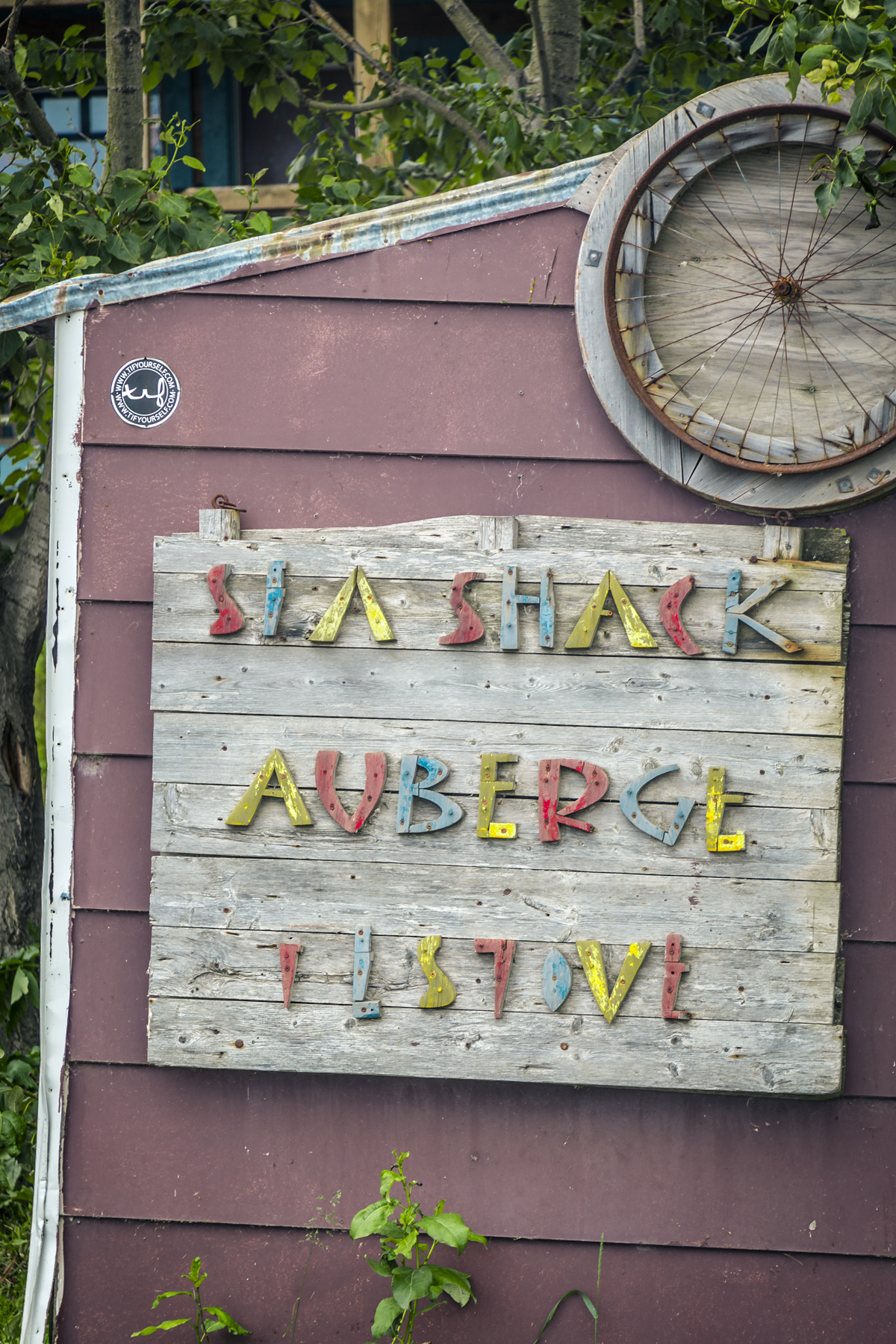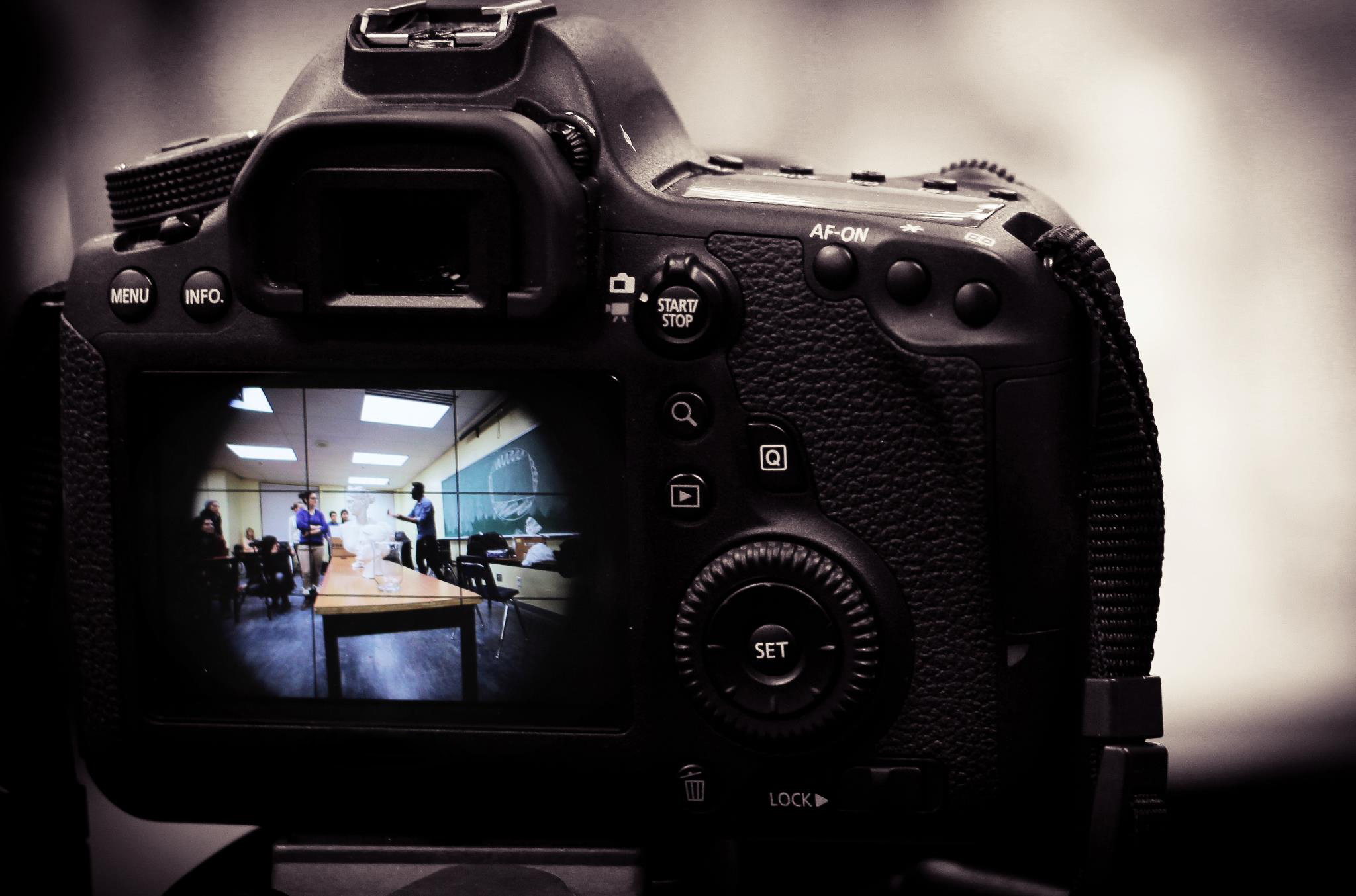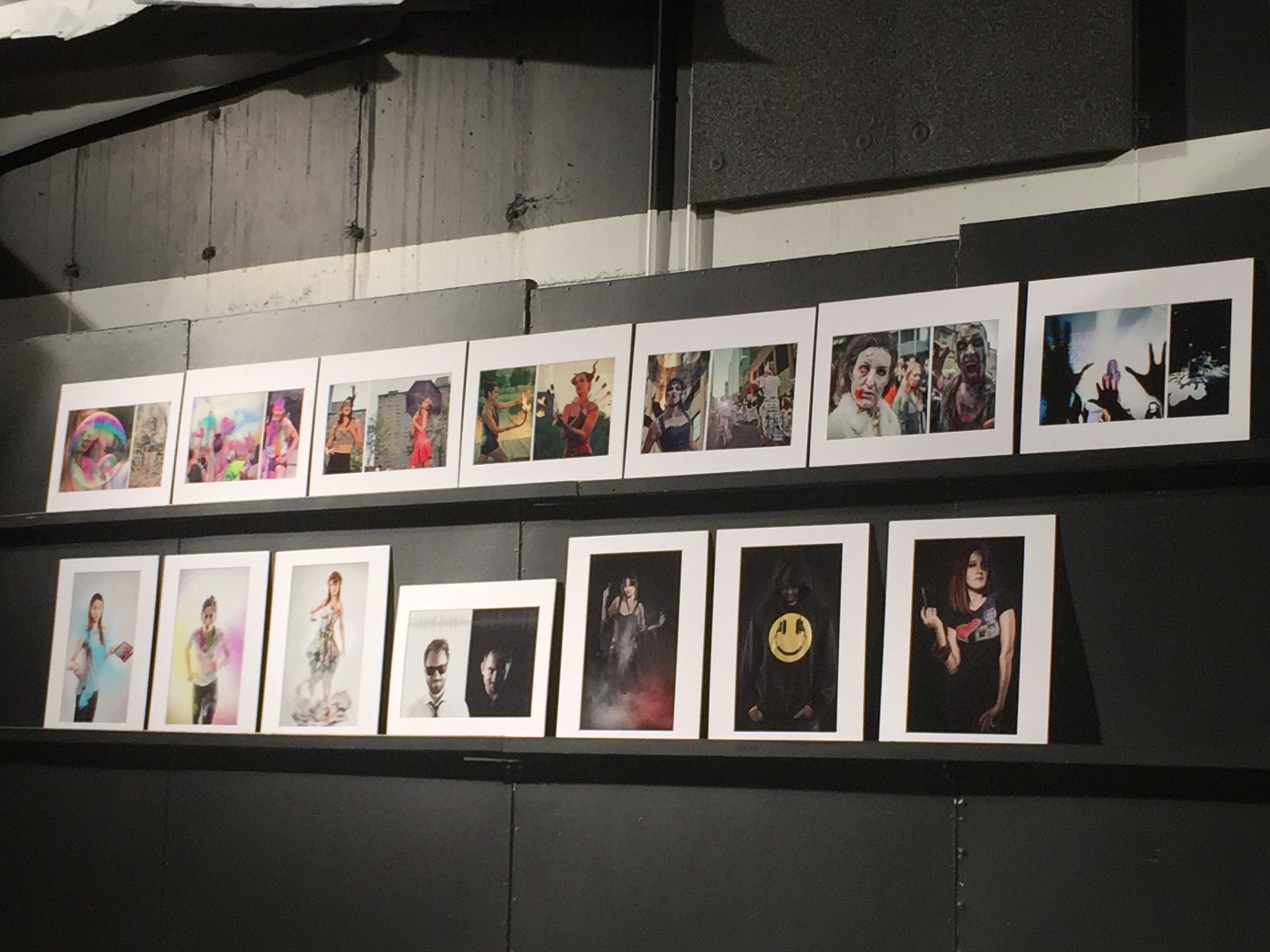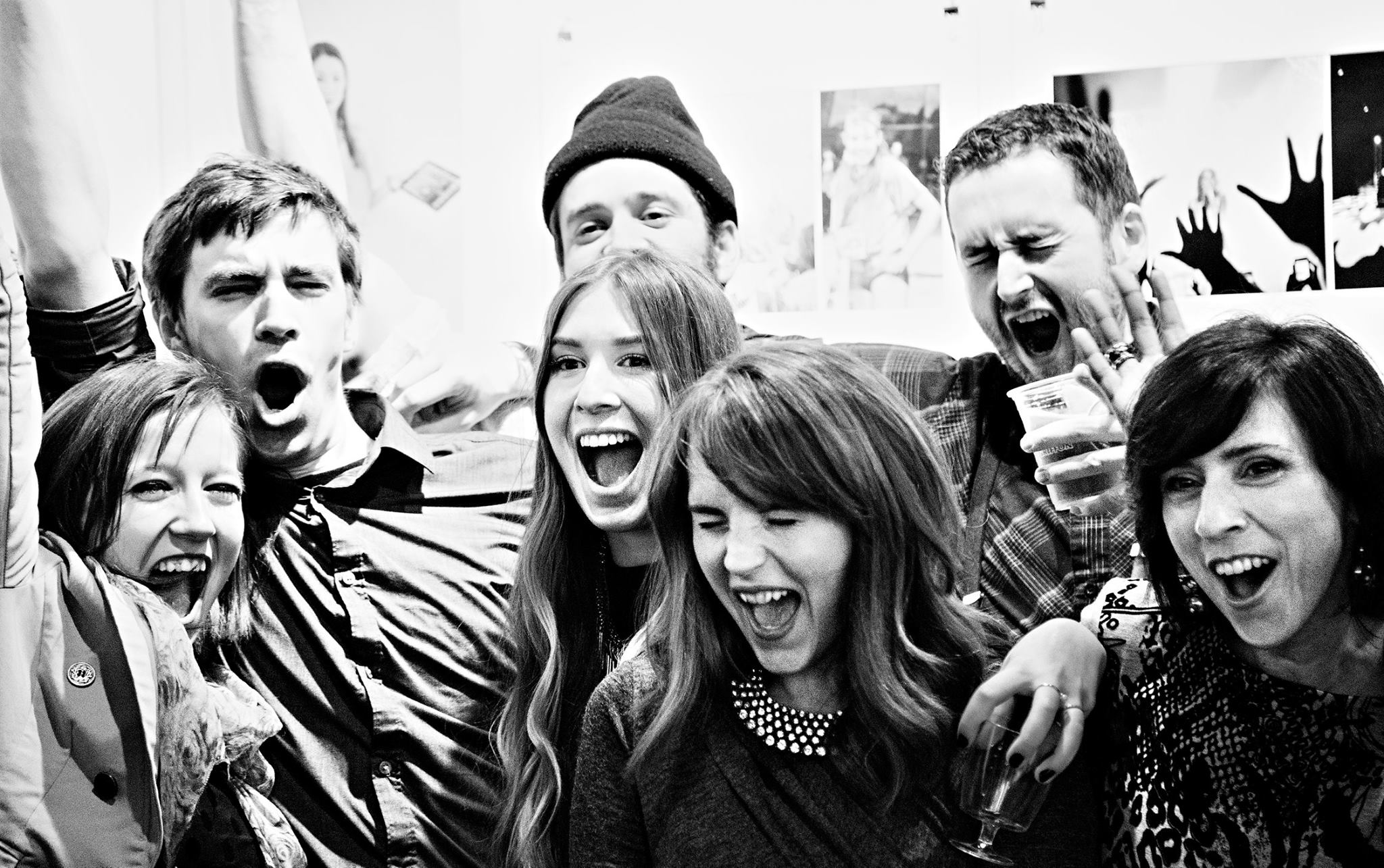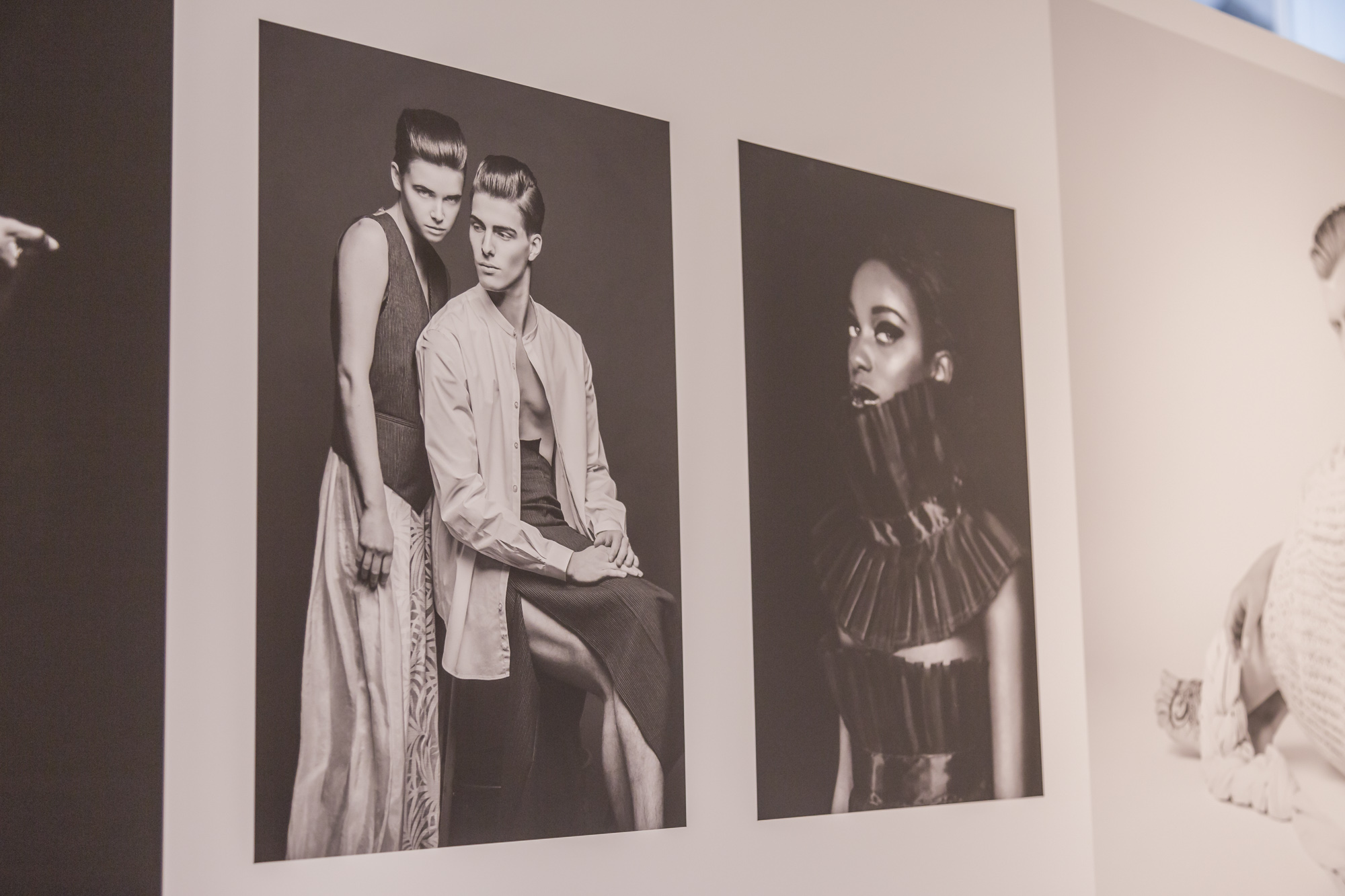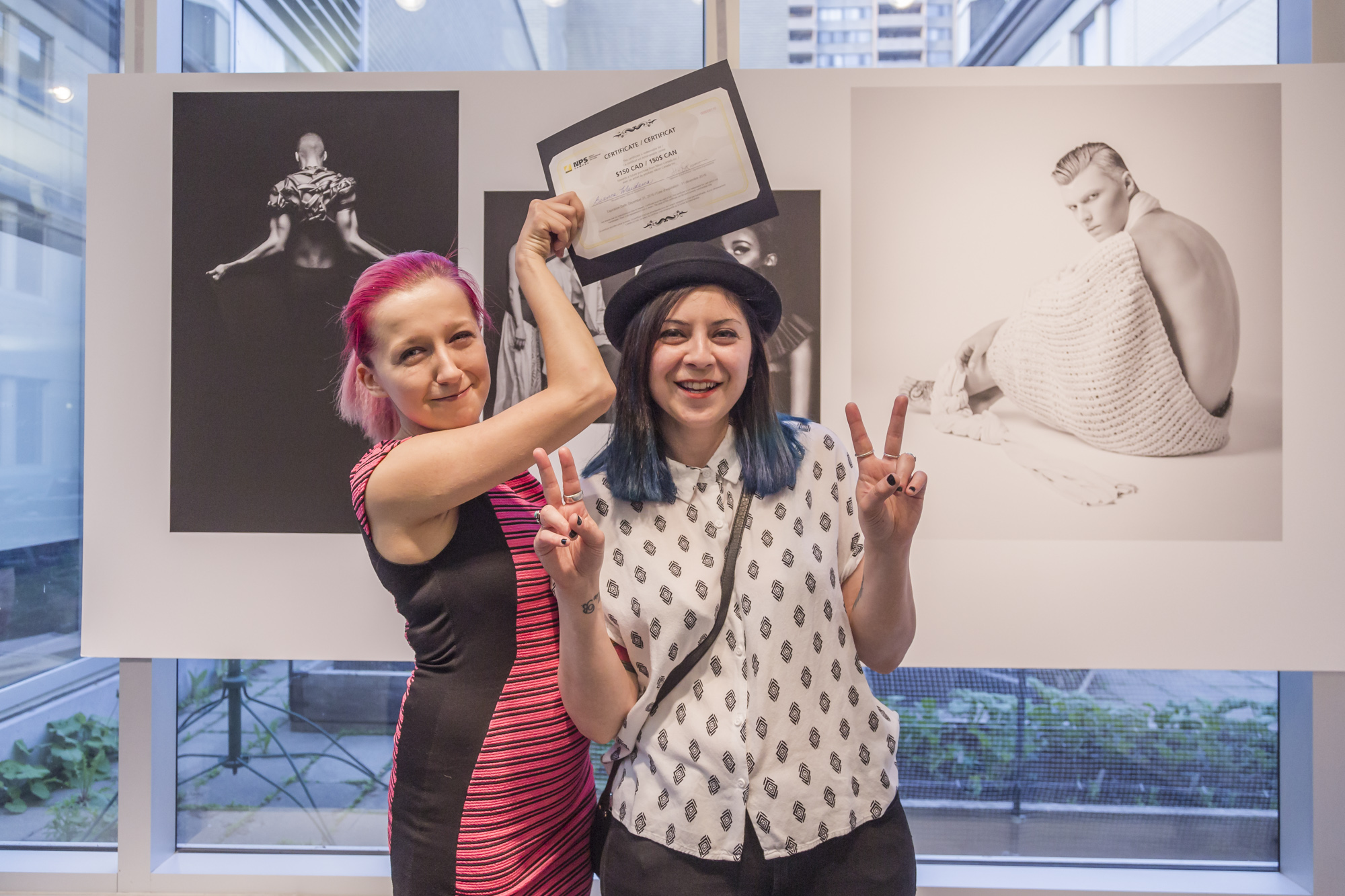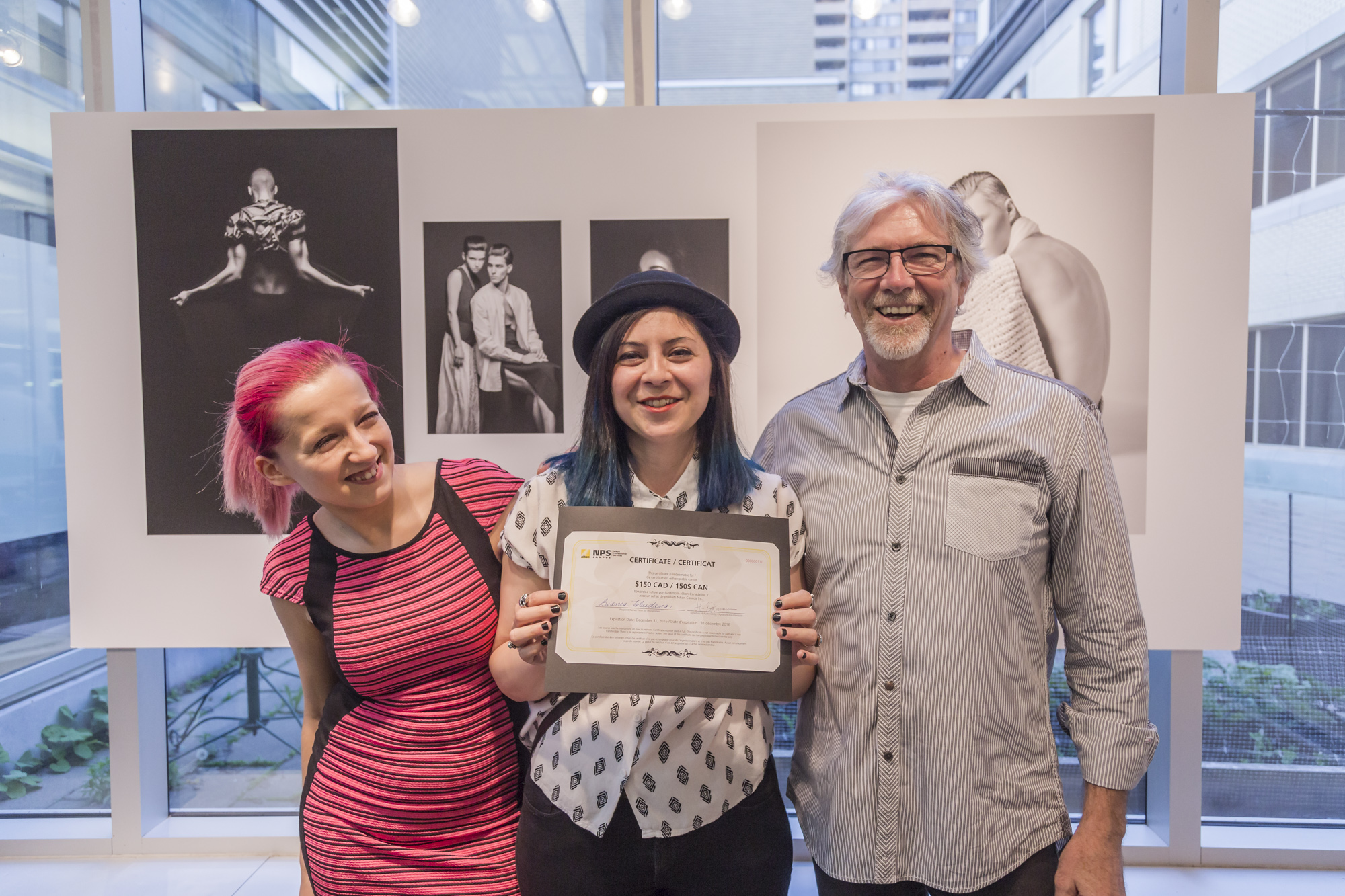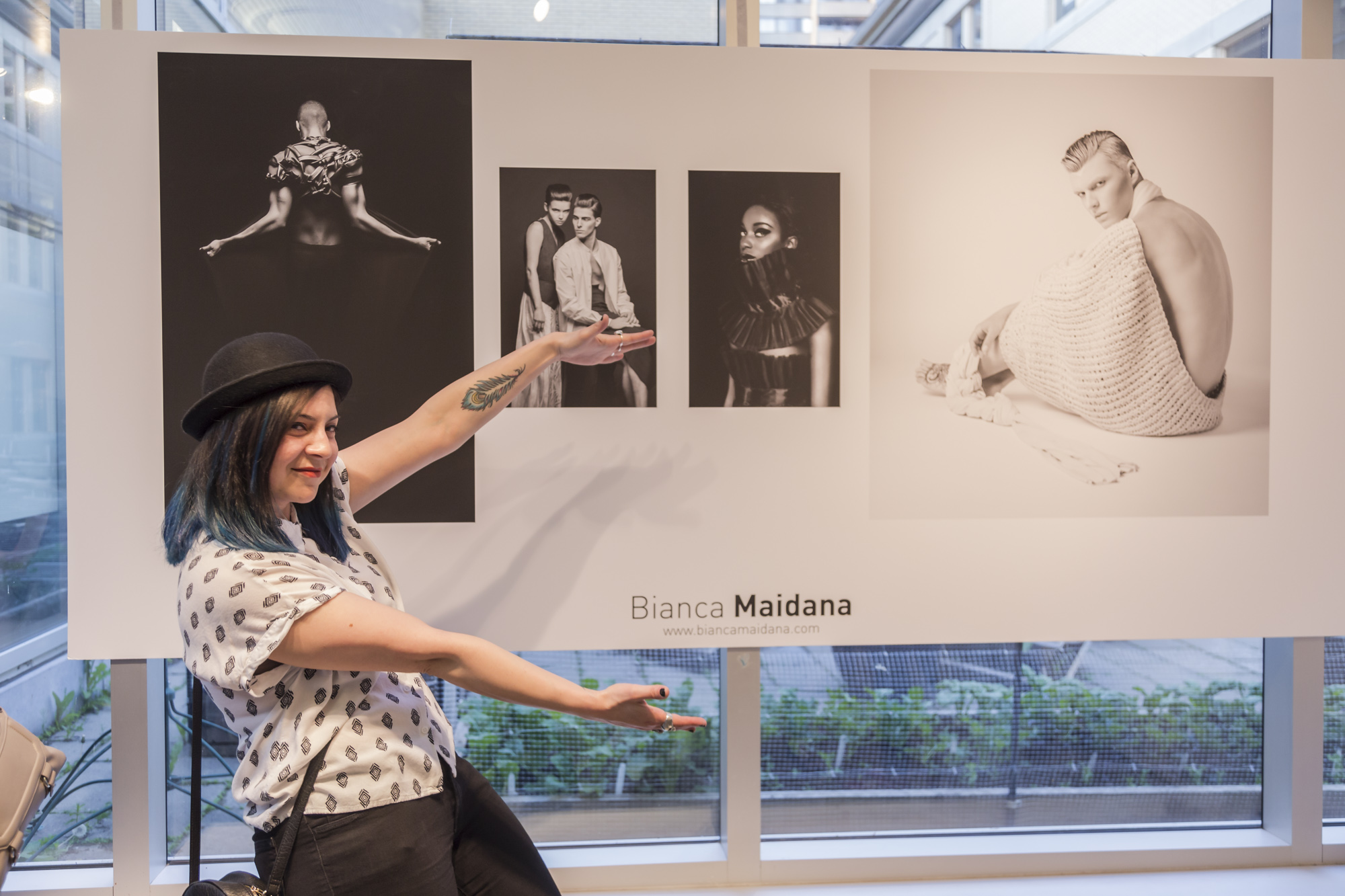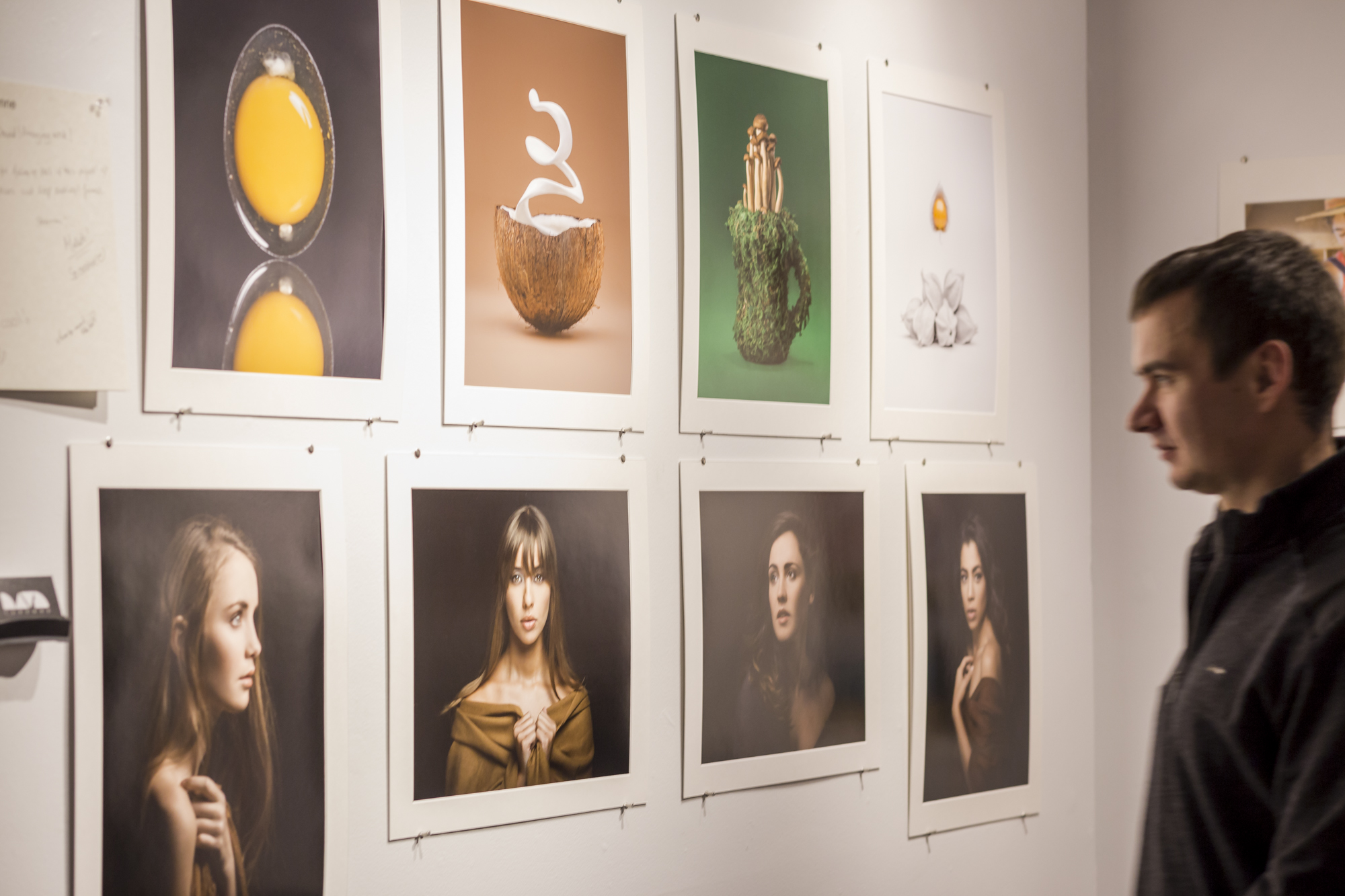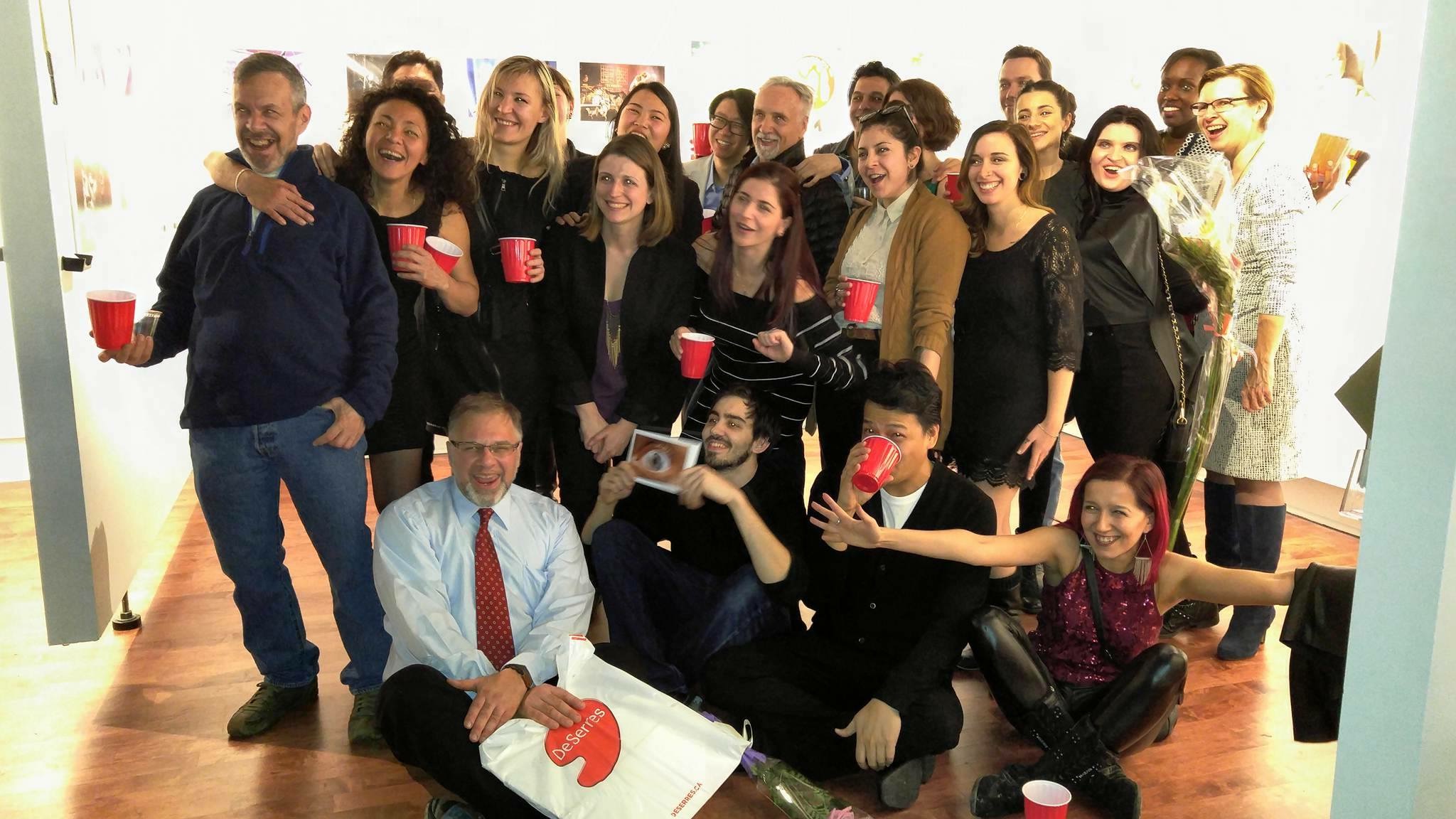I recently got back from a work-vacation trip to Gaspésie, a wonderful mix of business and pleasure, a little getaway from the big city chaos to the calm of the nature and from daily routine to road-tripping and exploring. It was freakin' awesome! Gaspésie is truly a beautiful place, and I couldn't wait to write this blog post, tell you you all about my adventures, give you some travel tips, and share some beautiful photos.
Carleton-Sur-Mer
View from Mont Saint-Joseph in Carleton
Carleton is a cozy little town on the south shore of Gaspésie, with nice views and friendly people, and it was my first stop. I had amazing accommodations there, thanks to some truly wonderful friends, and I also had a work thing there. Actually it was Olivier's (my boyfriend) contract with the Circuit Régional des Courses de Chevaux du Québec, to photograph two horse races in Nouvelle (a municipality right next to Carleton). I was assisting, taking my own photos and selling prints. It was fun, especially since I had never seen a horse race before, and I also got really good feedback on my images.
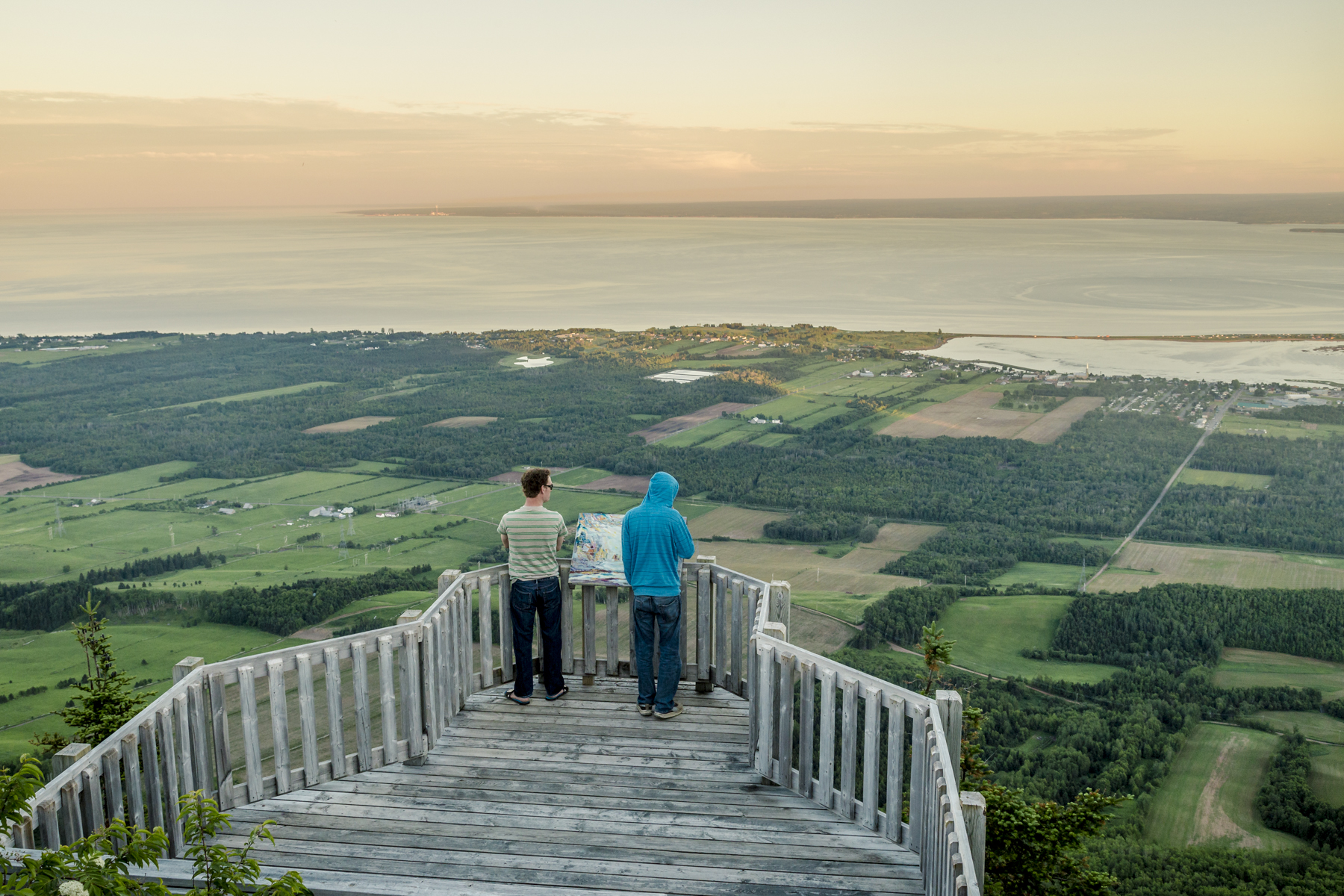
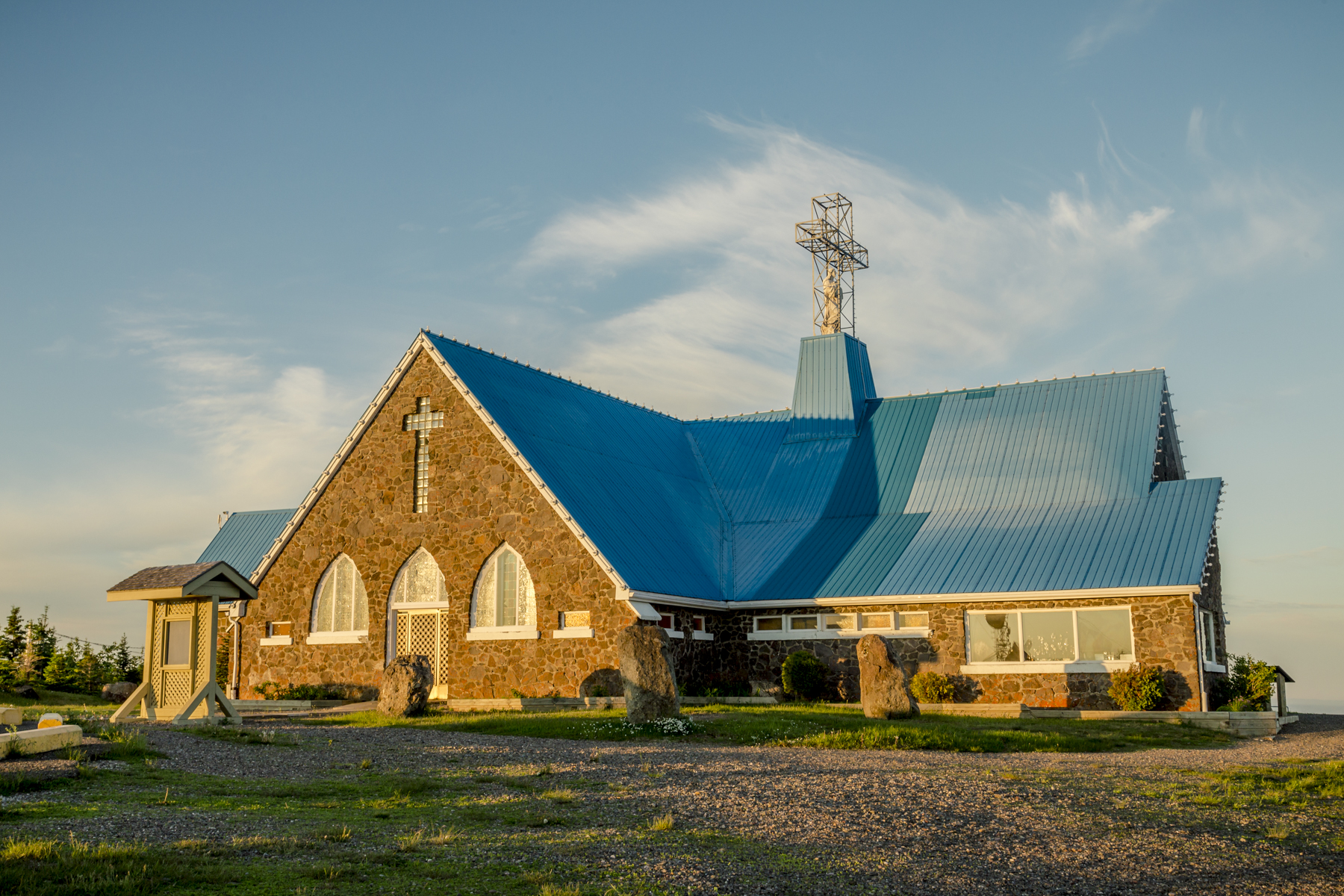

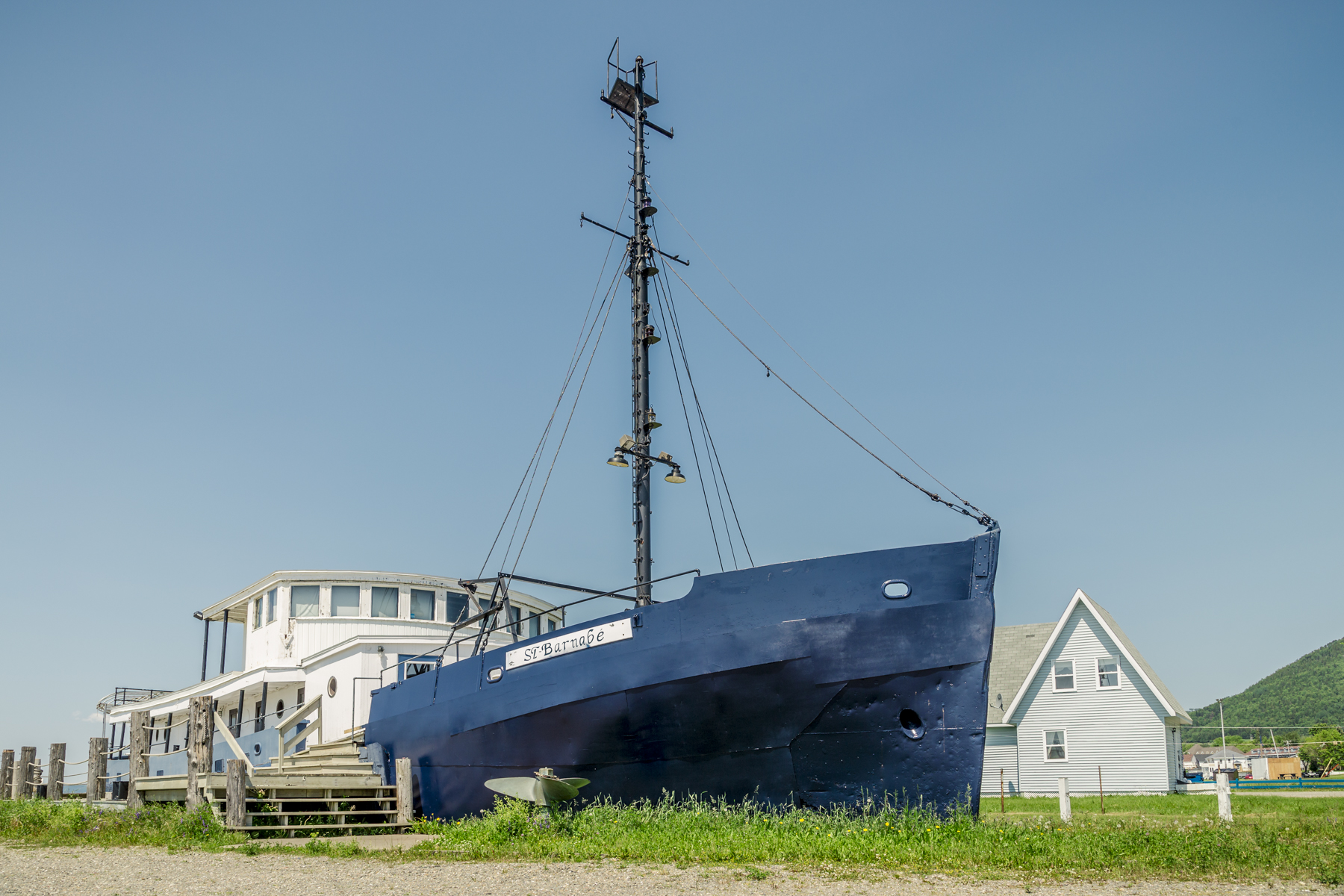

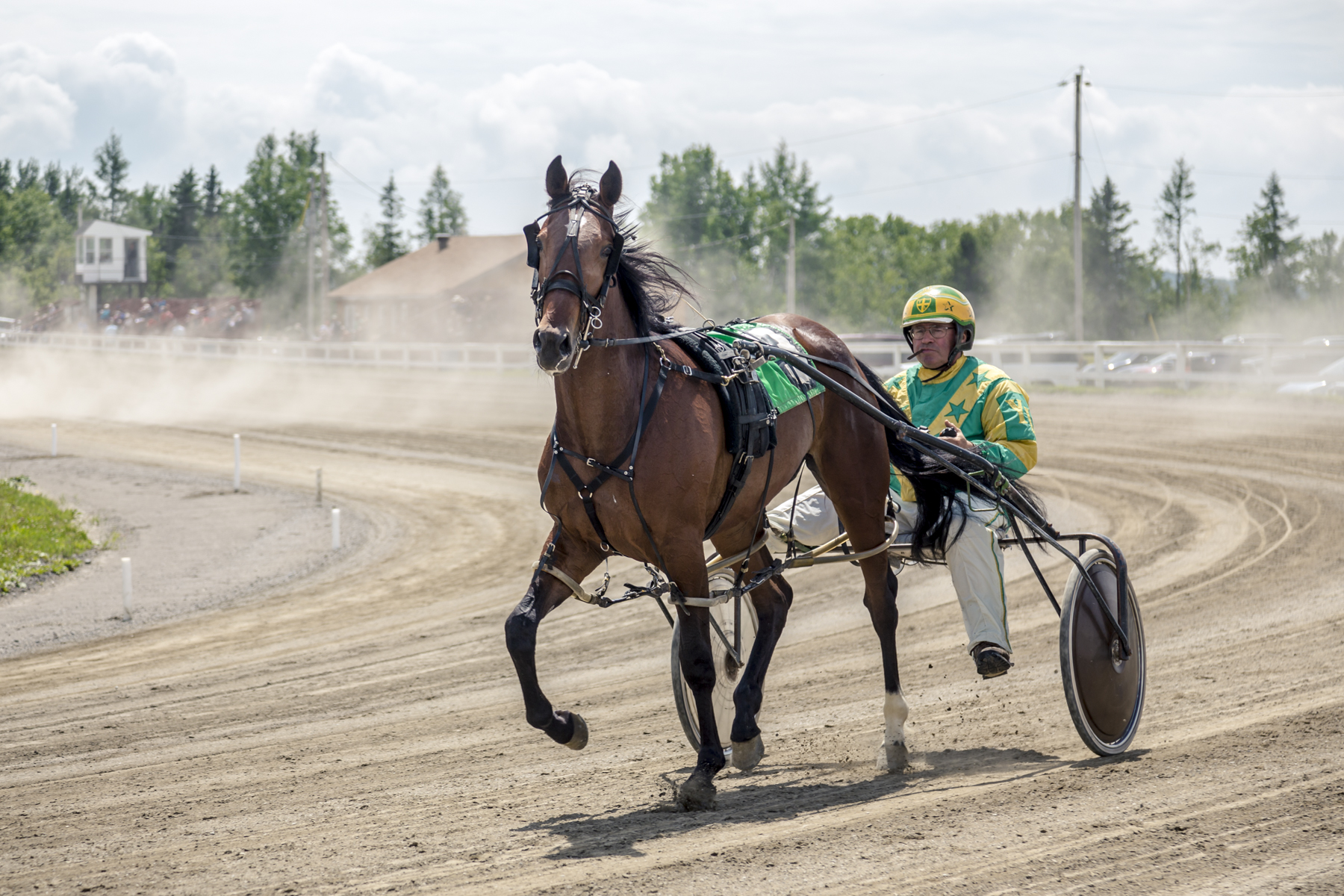


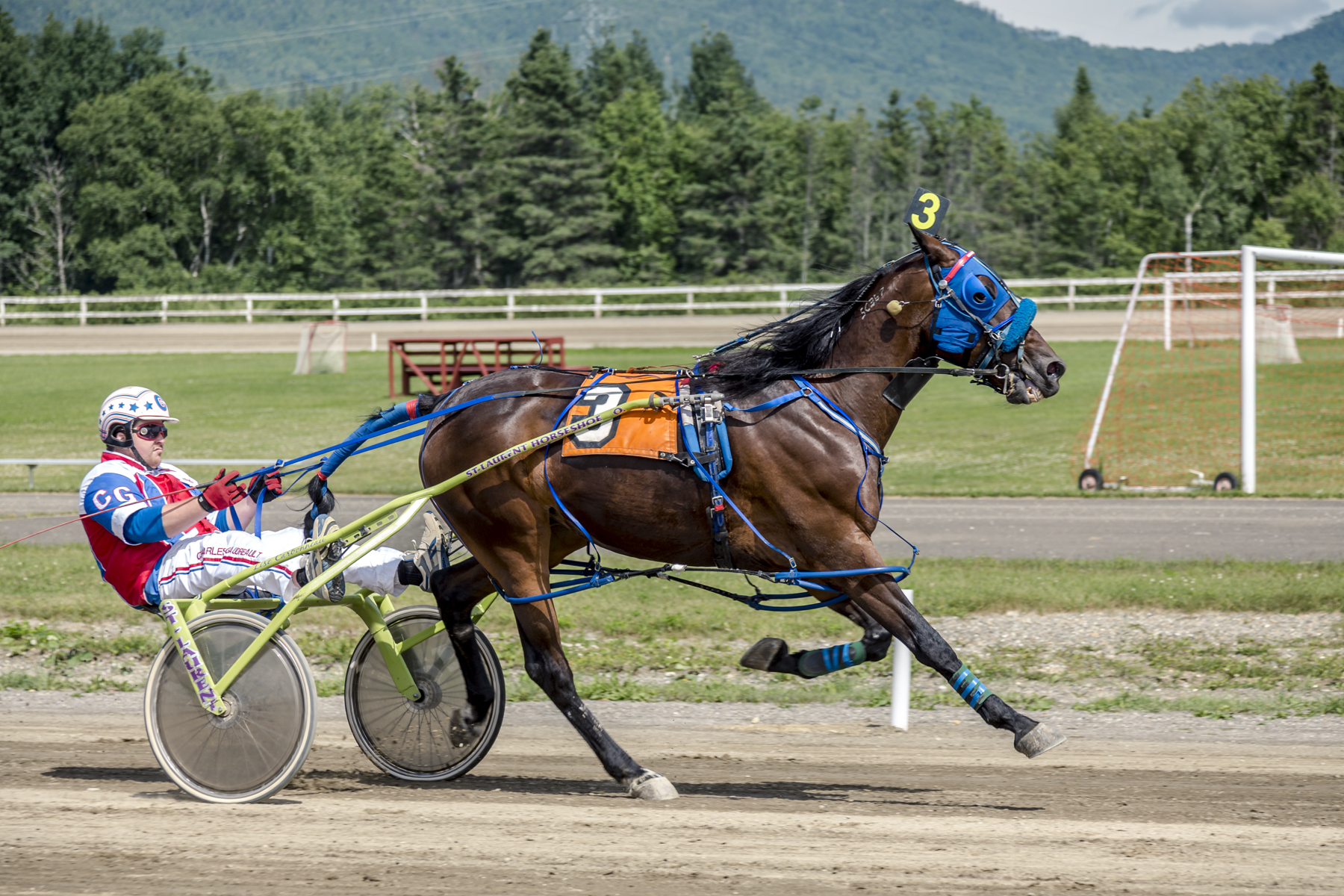
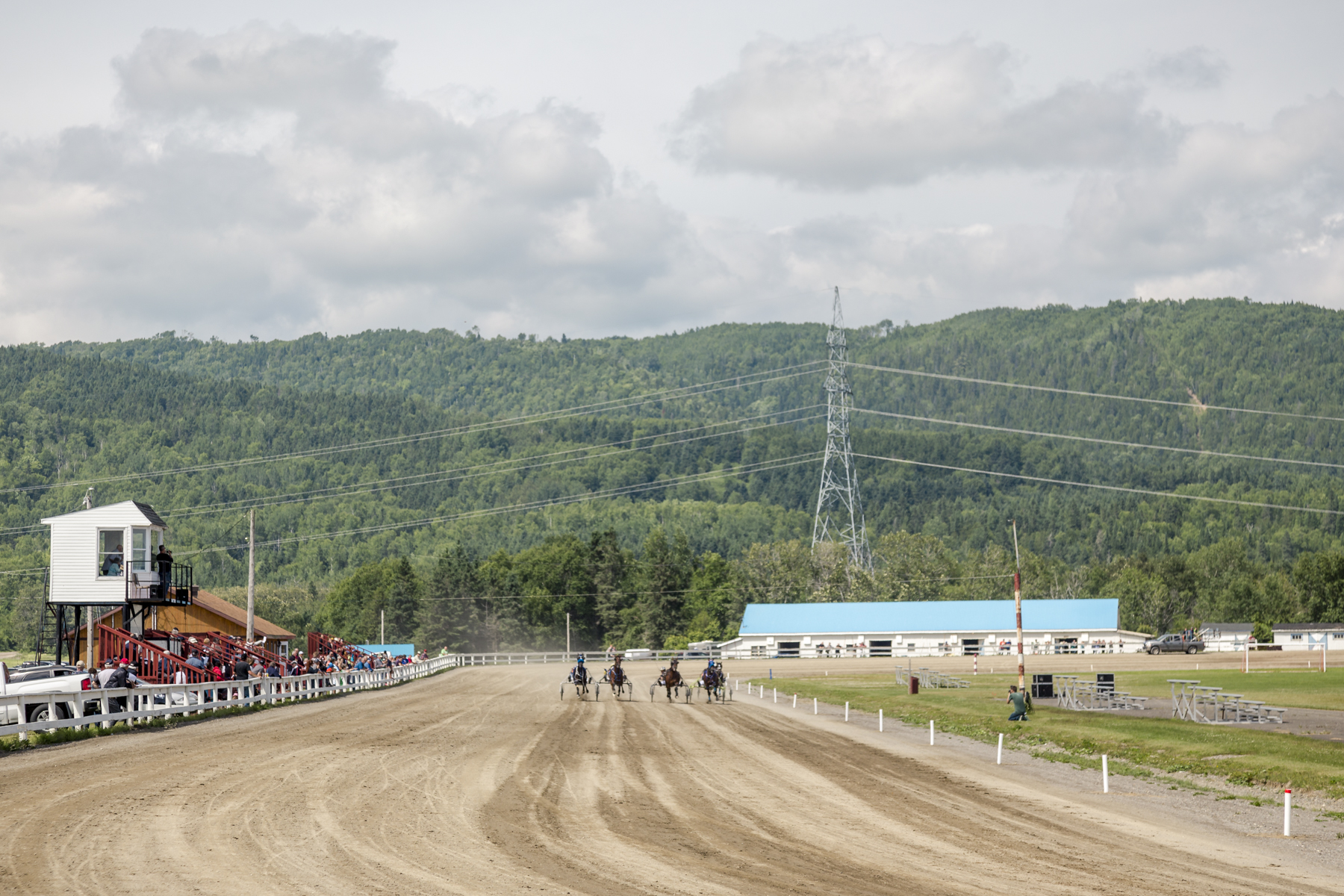
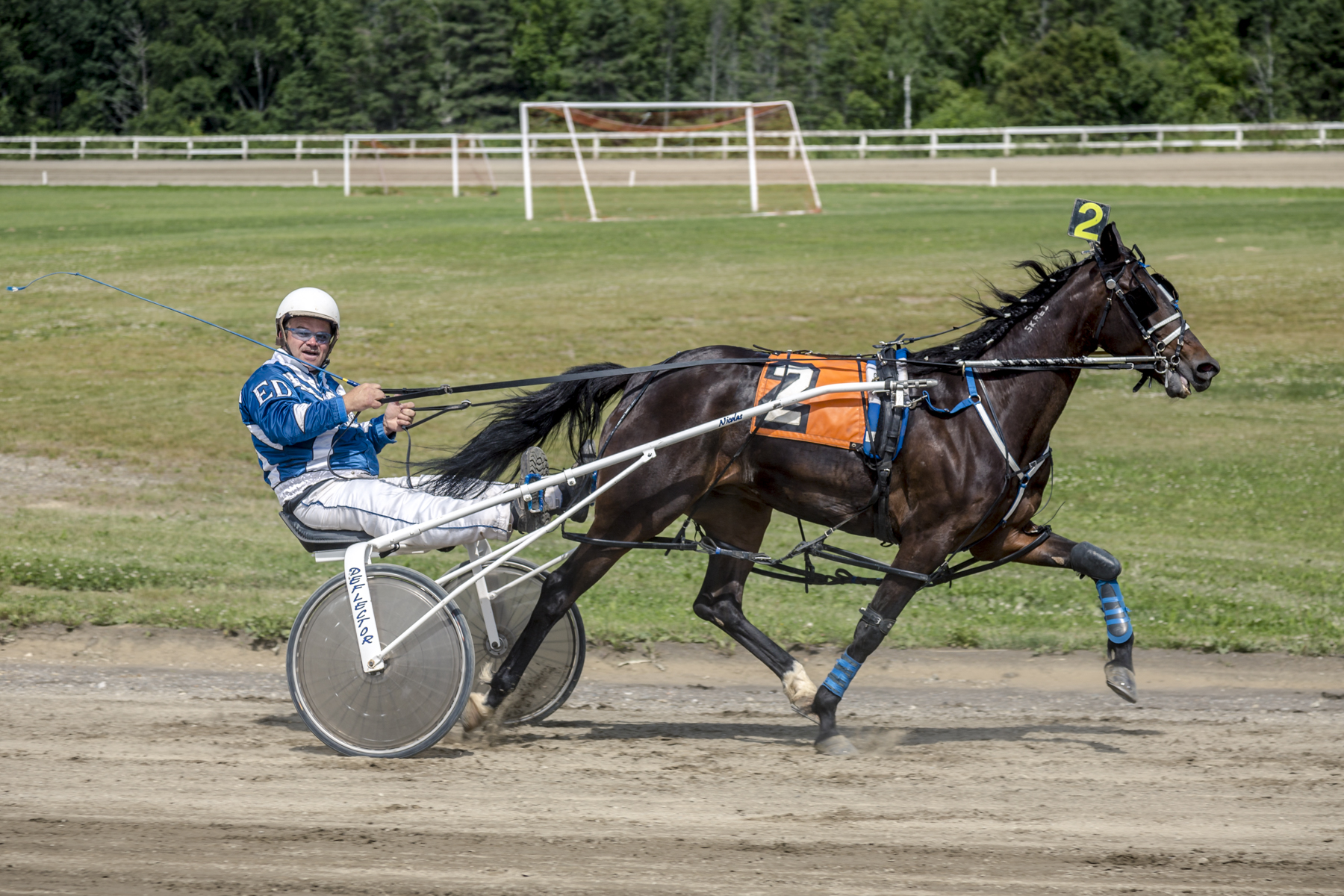
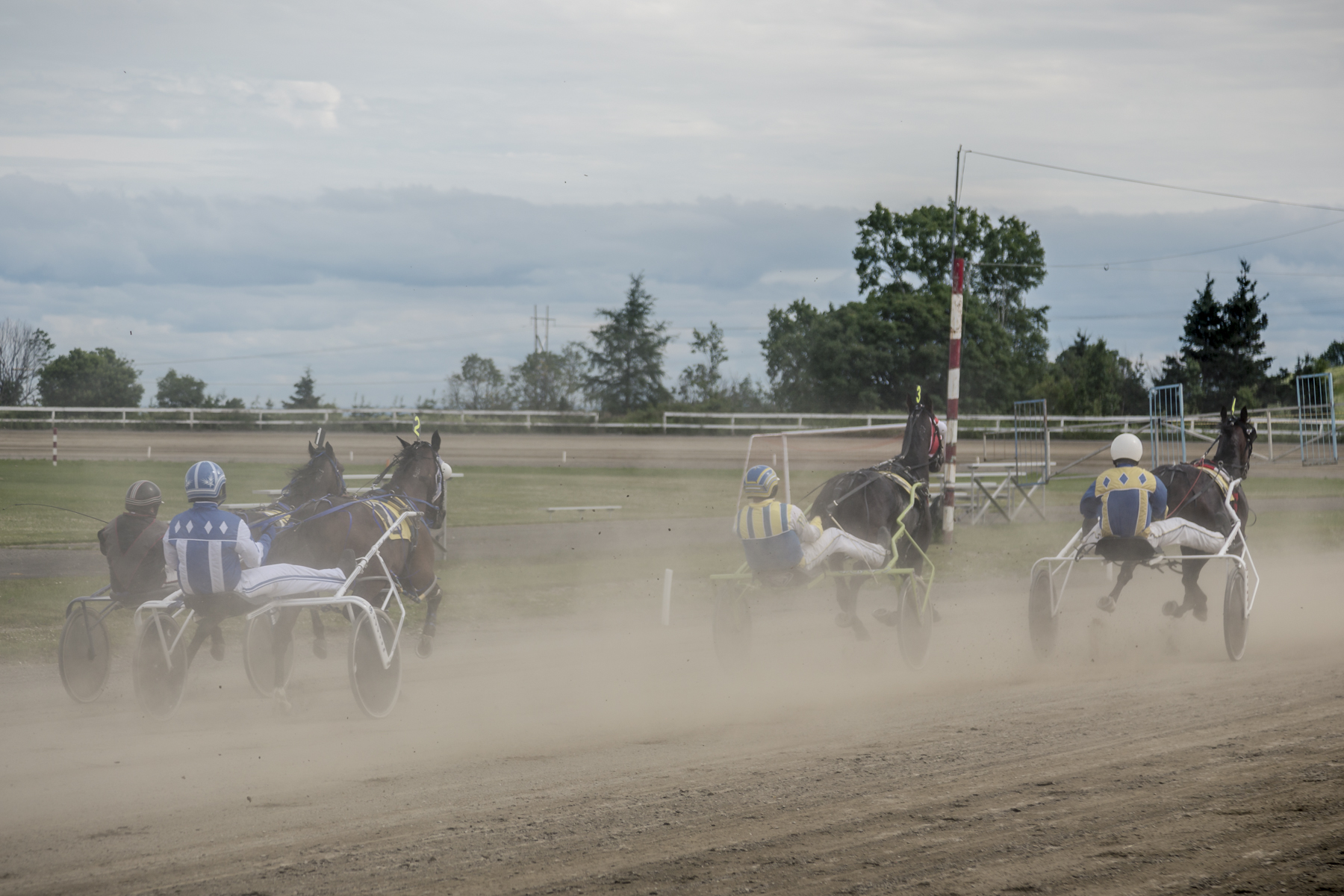

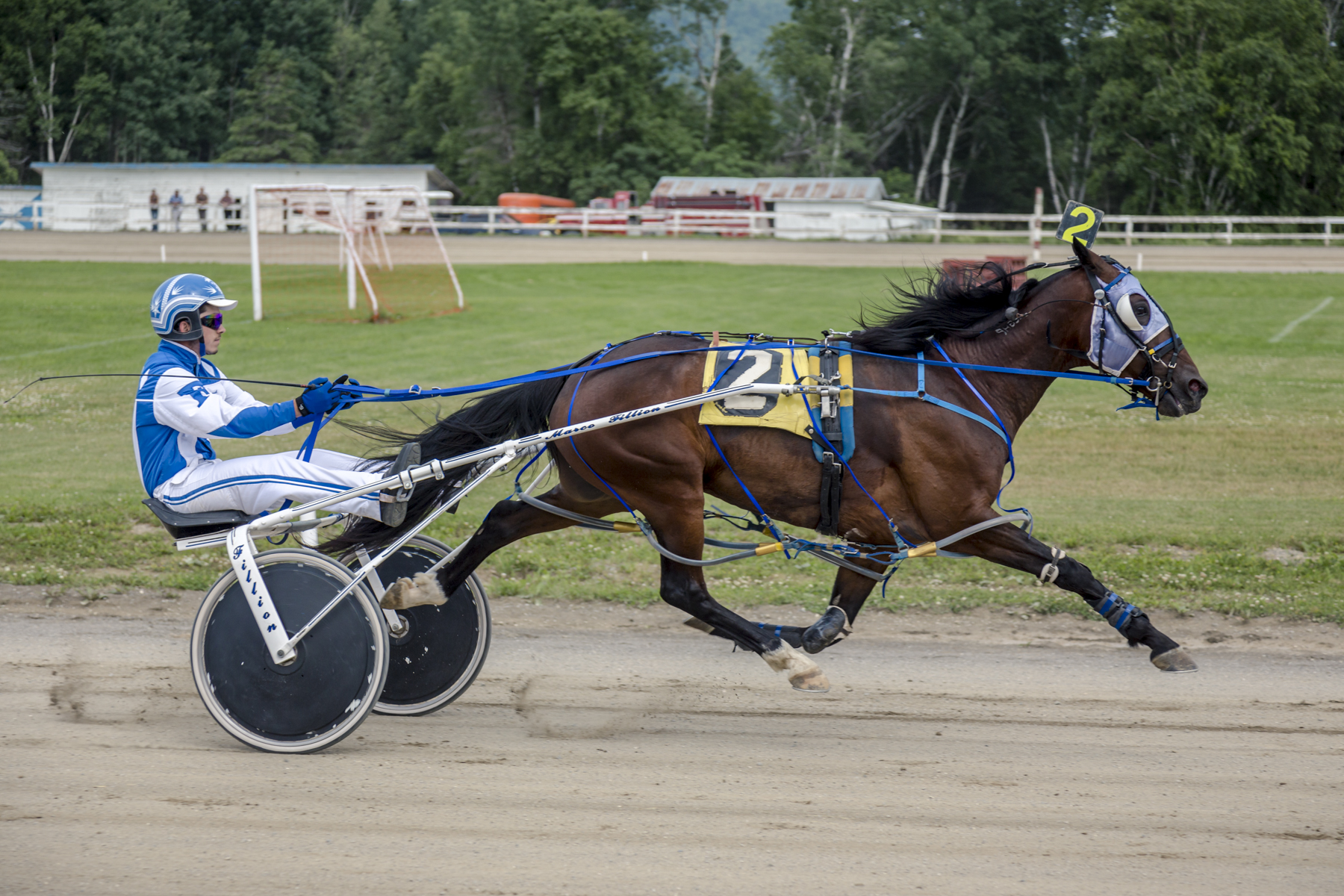
Percé
After two days in Carleton we continued our road trip towards Percé, a little town at the end of the Gaspé peninsula, and a really beautiful place. The view there is just gorgeous, with the Percé rock and Bonaventure Island, plus there are so many beautiful places to explore around Percé. The first thing we did when we got there was to hop on the boat cruise towards Bonaventure Island/ Île Bonaventure, which is just off the Percé shore and is home to one of the world's largest (and most easily accessible) sea bird colonies. Unfortunately we didn't have much time to explore the Island, as it was almost afternoon when we got to Percé and the last boat off the island is at 5 PM (so yeah, if you're heading that way, make sure you plan accordingly).

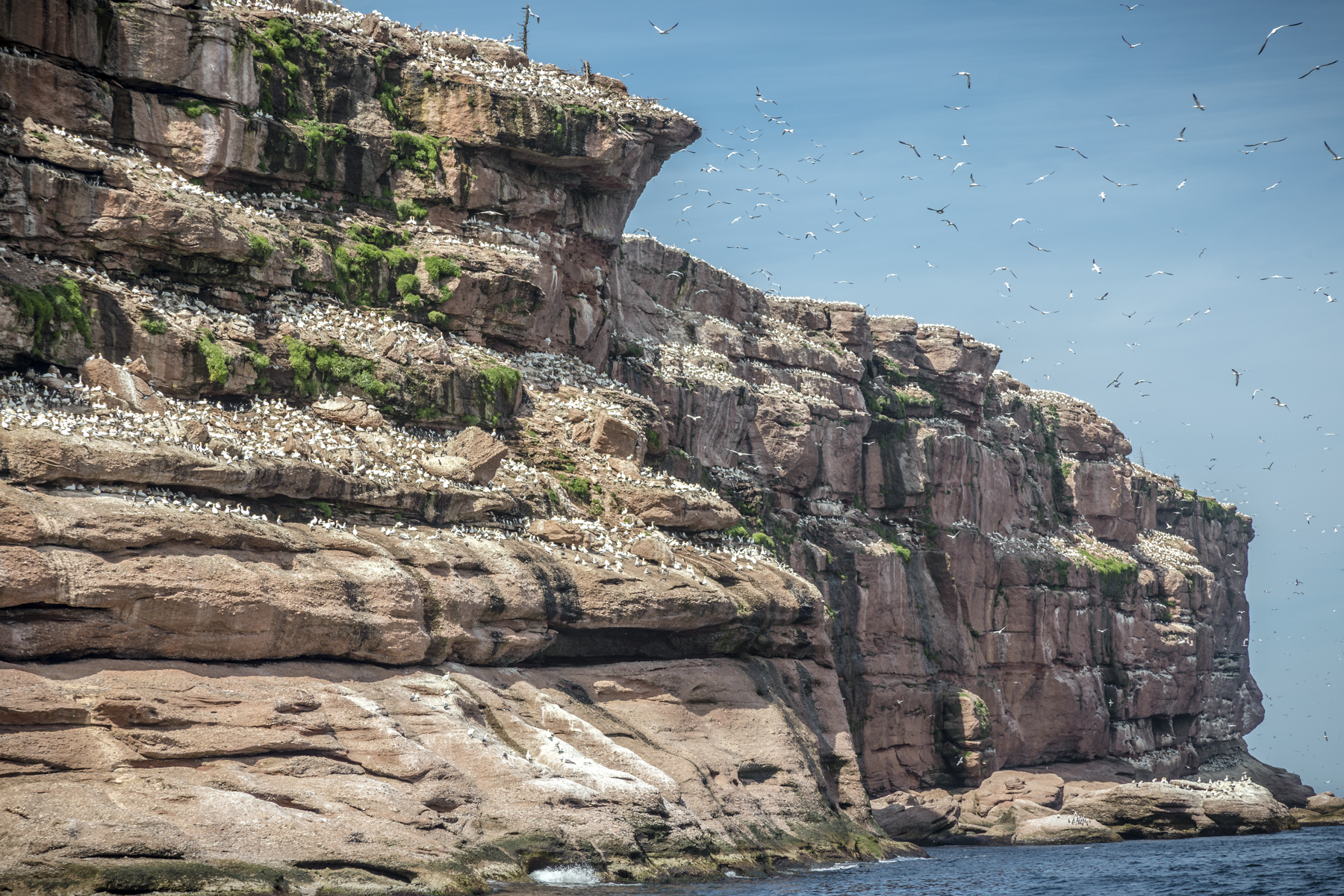
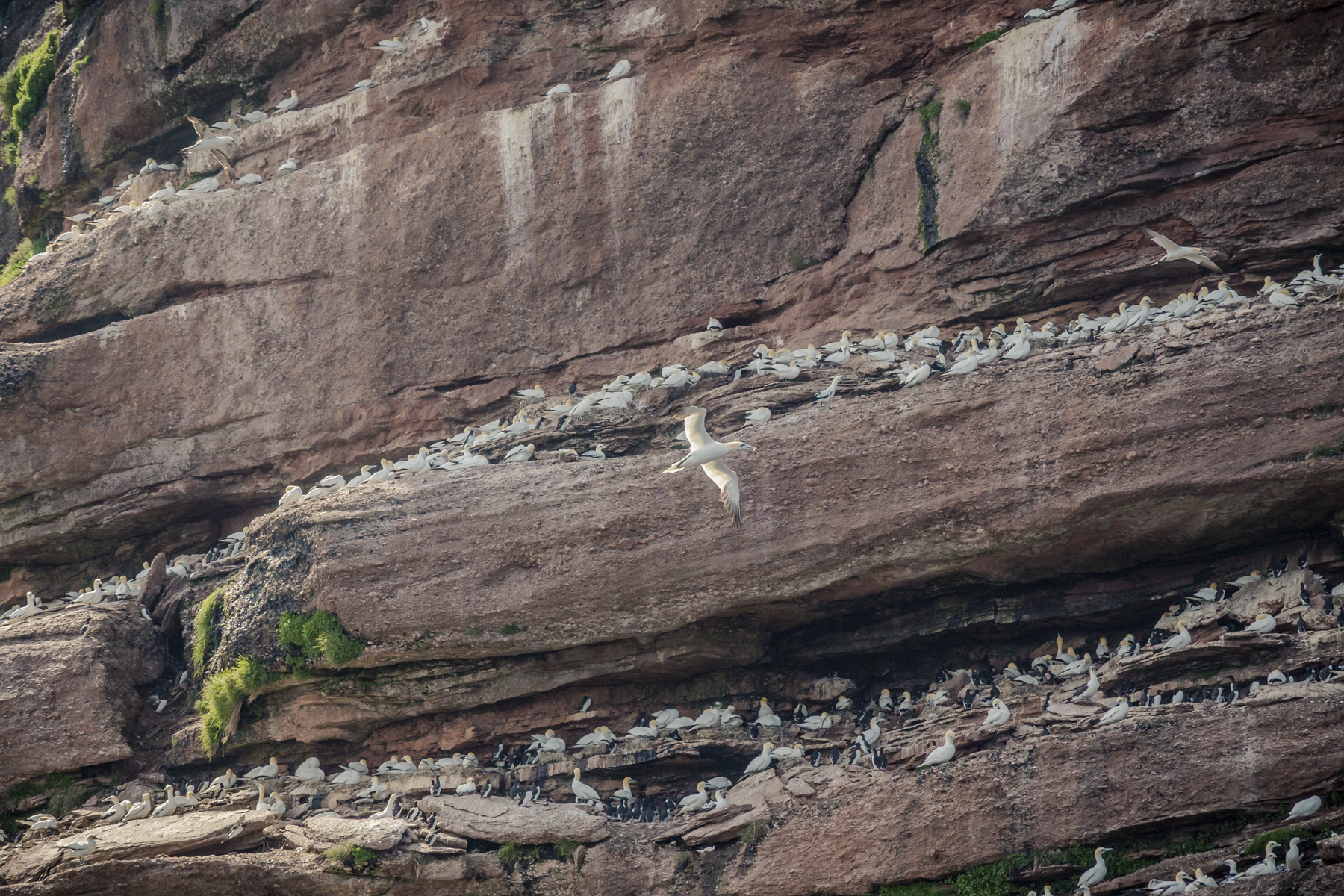
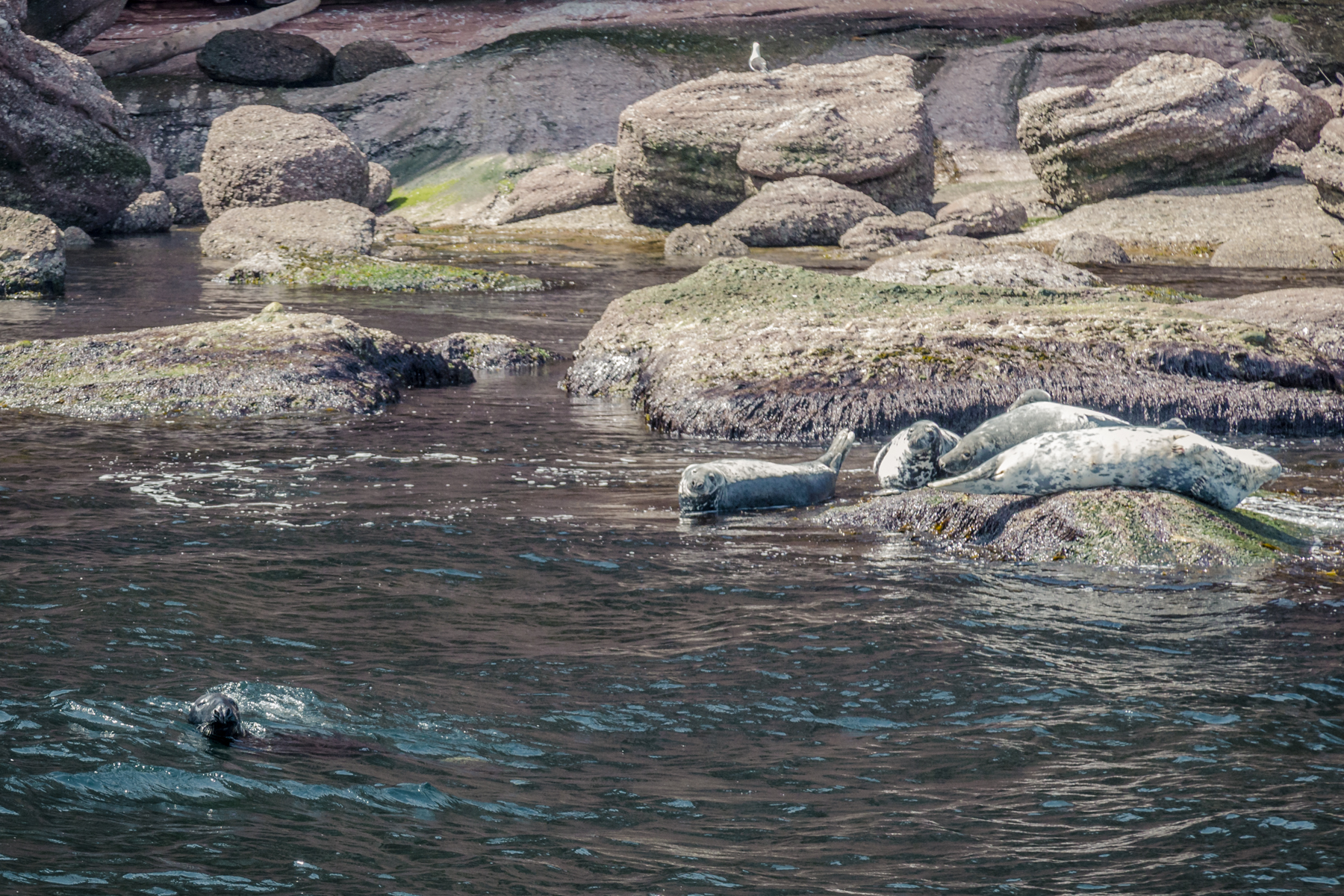
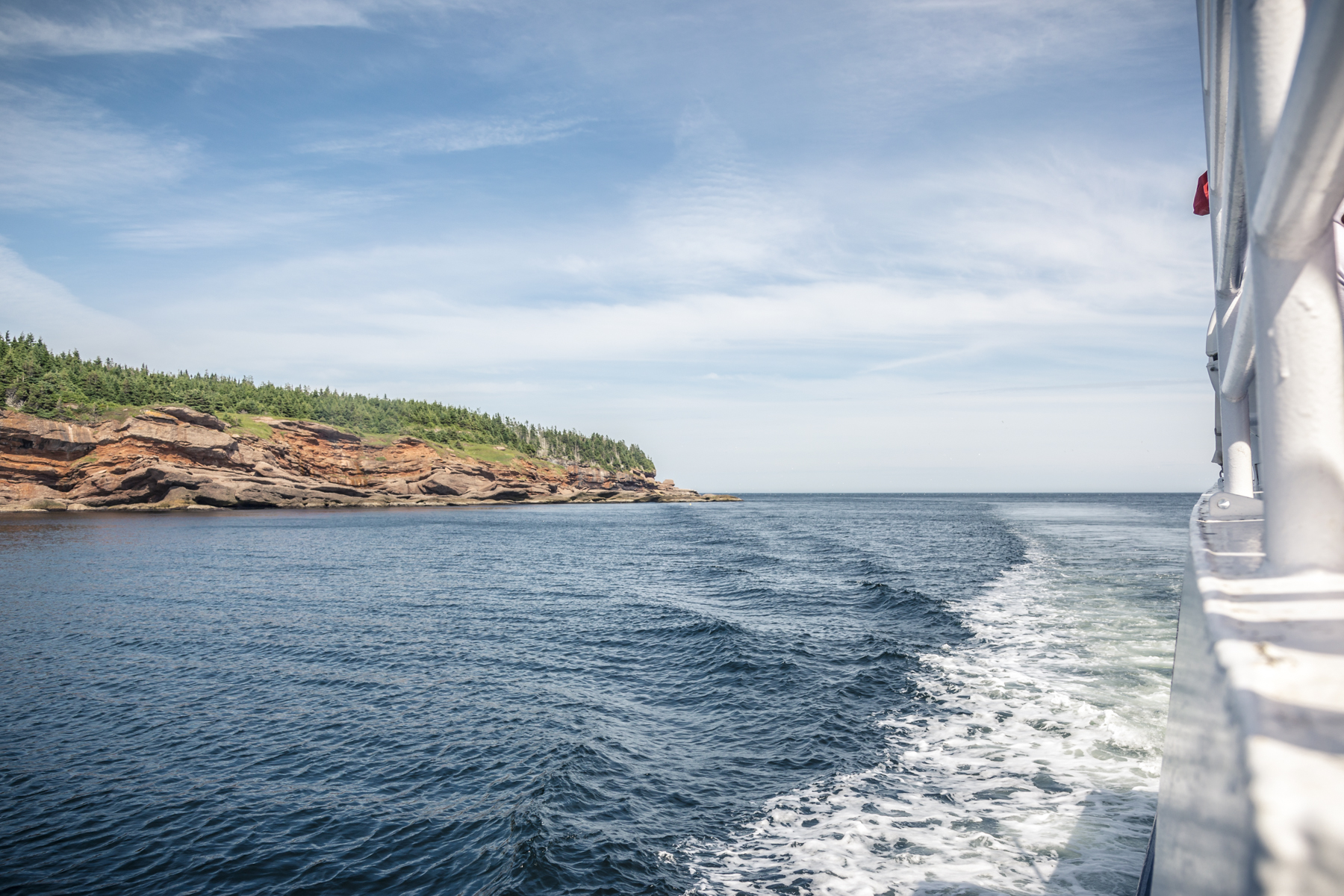

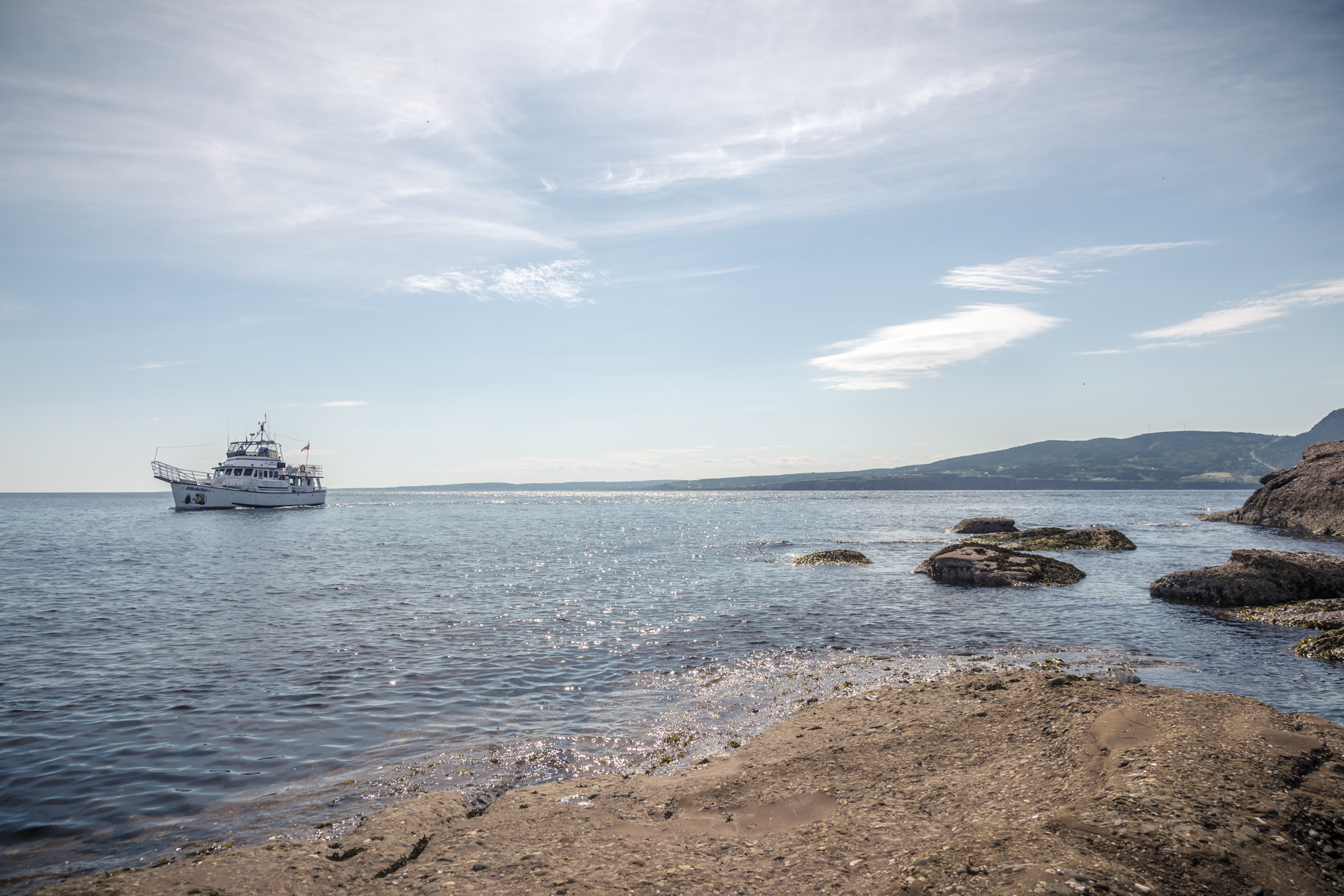
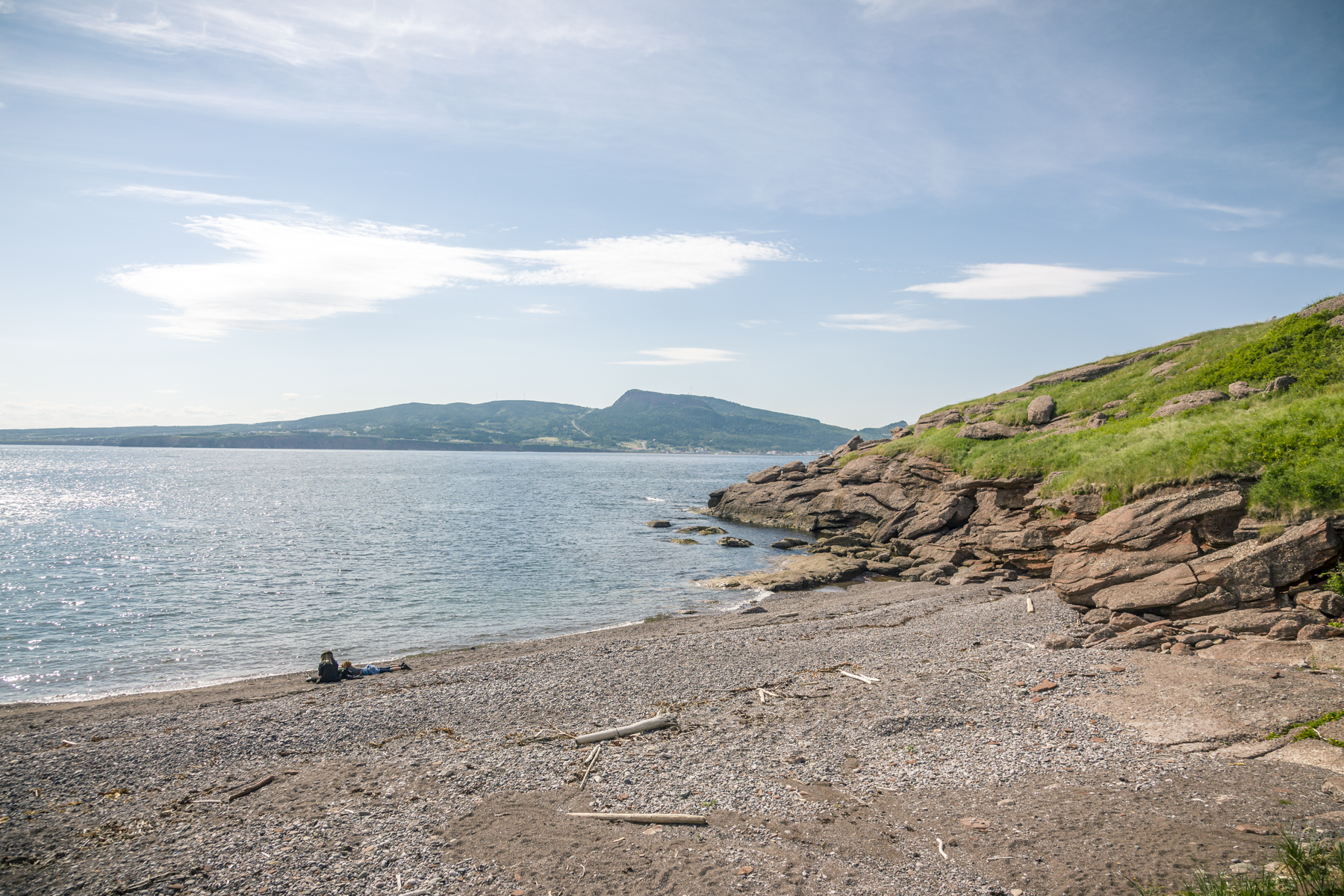
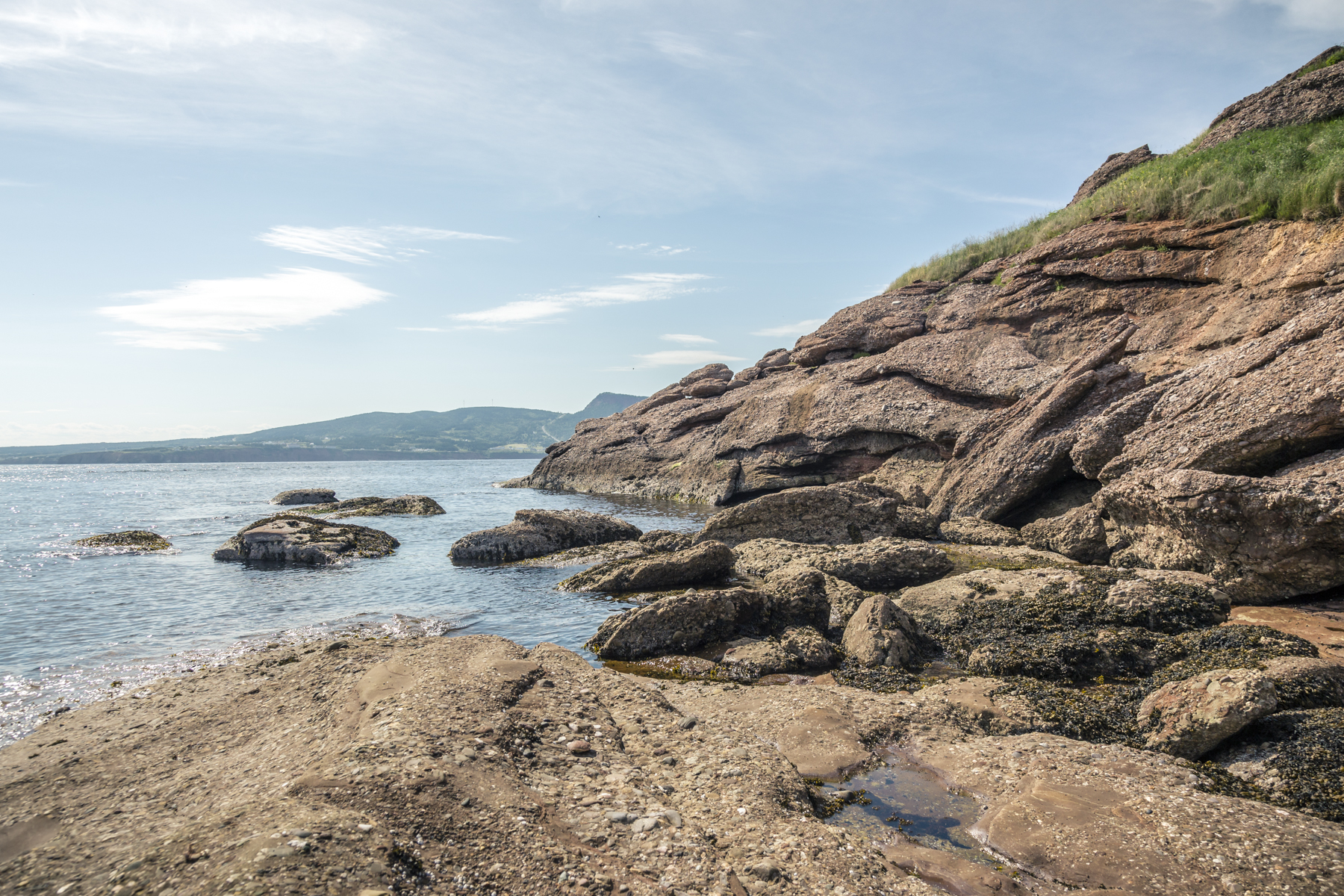
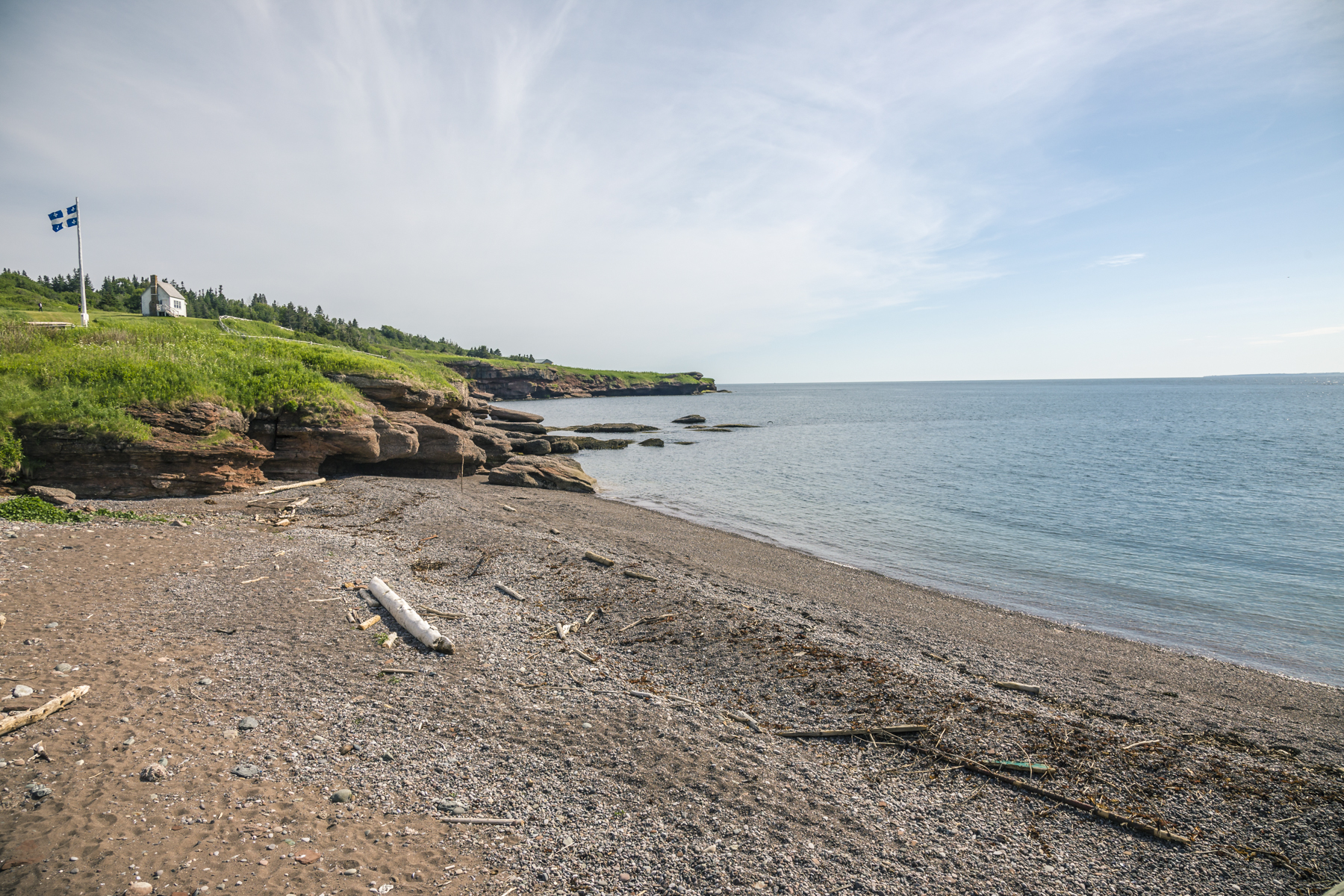
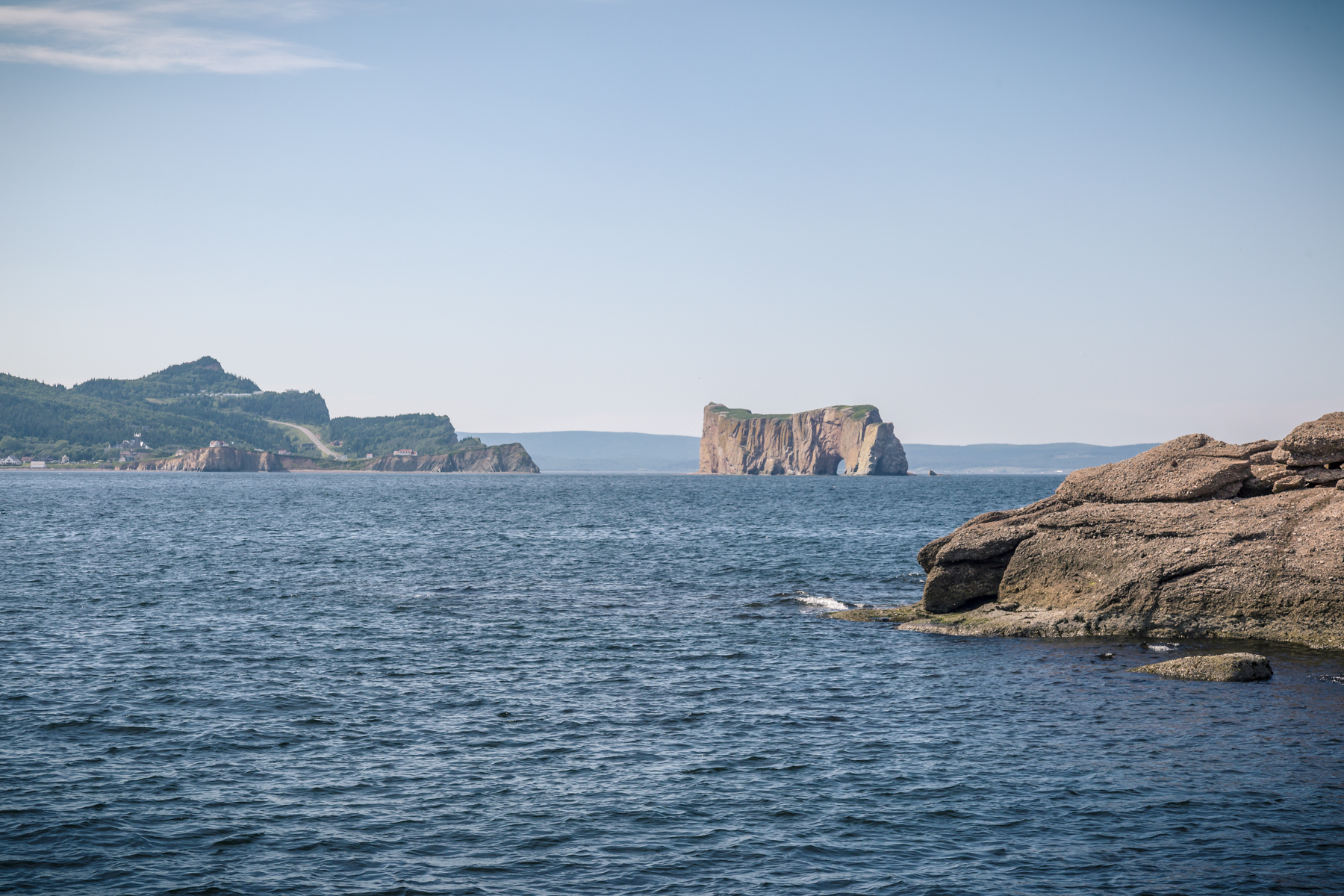
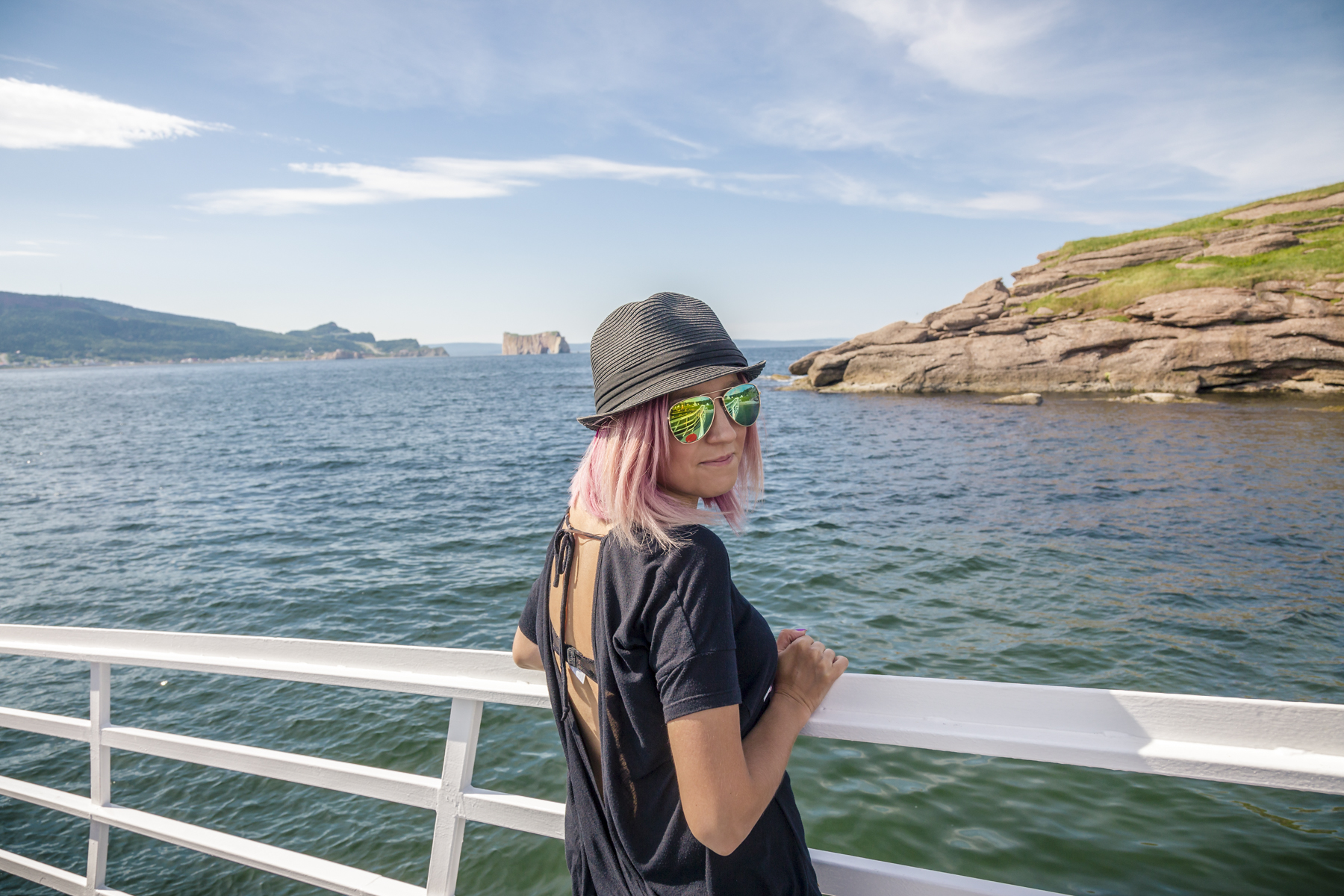
After our boat trip we went looking for a camping spot. There's quite a lot of options in the area, but after a bit of looking around we decided to set up tent at Camping Côte Surprise. It was really the best option. It's situated high on the shore, so the view is absolutely gorgeous, and there's a side of the camping which has a lot of trees so you're sheltered from the sun. It's not very remote, so if you're looking for privacy, this is not your spot, but it was fun and we made some friends in the camping. The place is clean, and they have decent Wi-Fi...I personally recommend it.
La Grotte & Rivière aux Émeraudes
Day two in Percé was a hot sunny day, and we had found out from our new camping friends about this place called La Grotte (The Cave) and we decided to check it out. To get to it from Route 132, you turn on Route de L'Église and go to the end of it. You get to a big church, and you need to take the road behind it (there's also a map there so you can't miss it). It's an approx. 30 min walk through the forest, and then you get to this small cave with a waterfall...really beautiful. The water's quite cold though, you can't really get under it (not for long at least :) ).

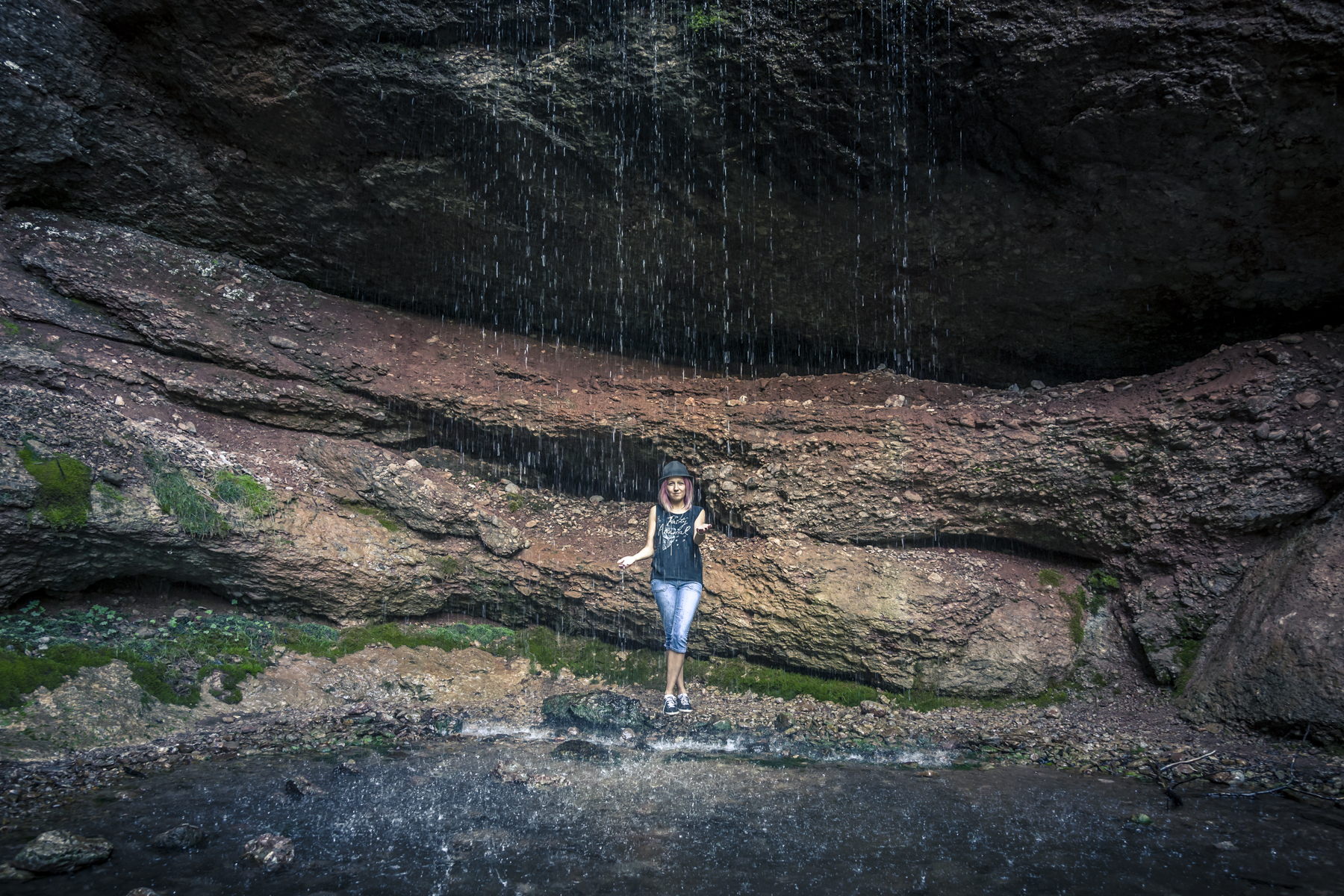
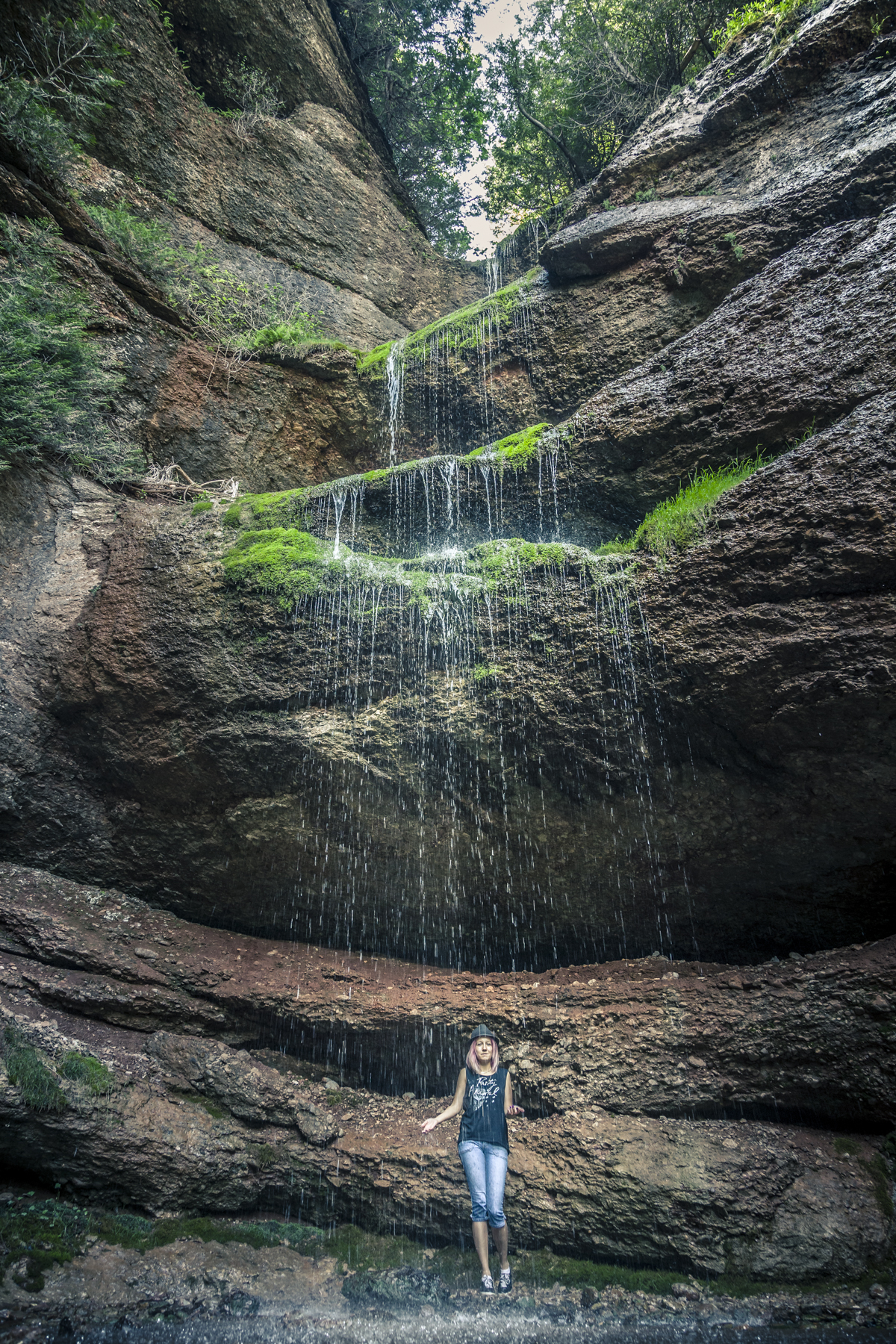
Our next stop was the one that I had been most excited about: Rivière aux Émeraudes/ Emerald River (Rivière du Portage). It's known as one of the hidden treasures of Gaspésie, and it's really beautiful because its cristal clear waters look green of the sediments in it (I believe), and under a blue sky the water looks turquoise, almost tropical. A real gem of a place!!! To get there you take Route 132 east, up to the intersection with Chemin de la Carrière. Turn on Chemin de la Carrière and you can either park at the first parking and walk along the river up to the waterfall (4.5 km) or park at the end of the road and go straight to the waterfall (10 min walk through the forest). For lack of time I chose option 2. The place itself it's not really a secret so there were some people there, mostly tanning and chilling on the rocky beach, some were swimming, but the water is quite cold, but awesomely refreshing on a hot day.
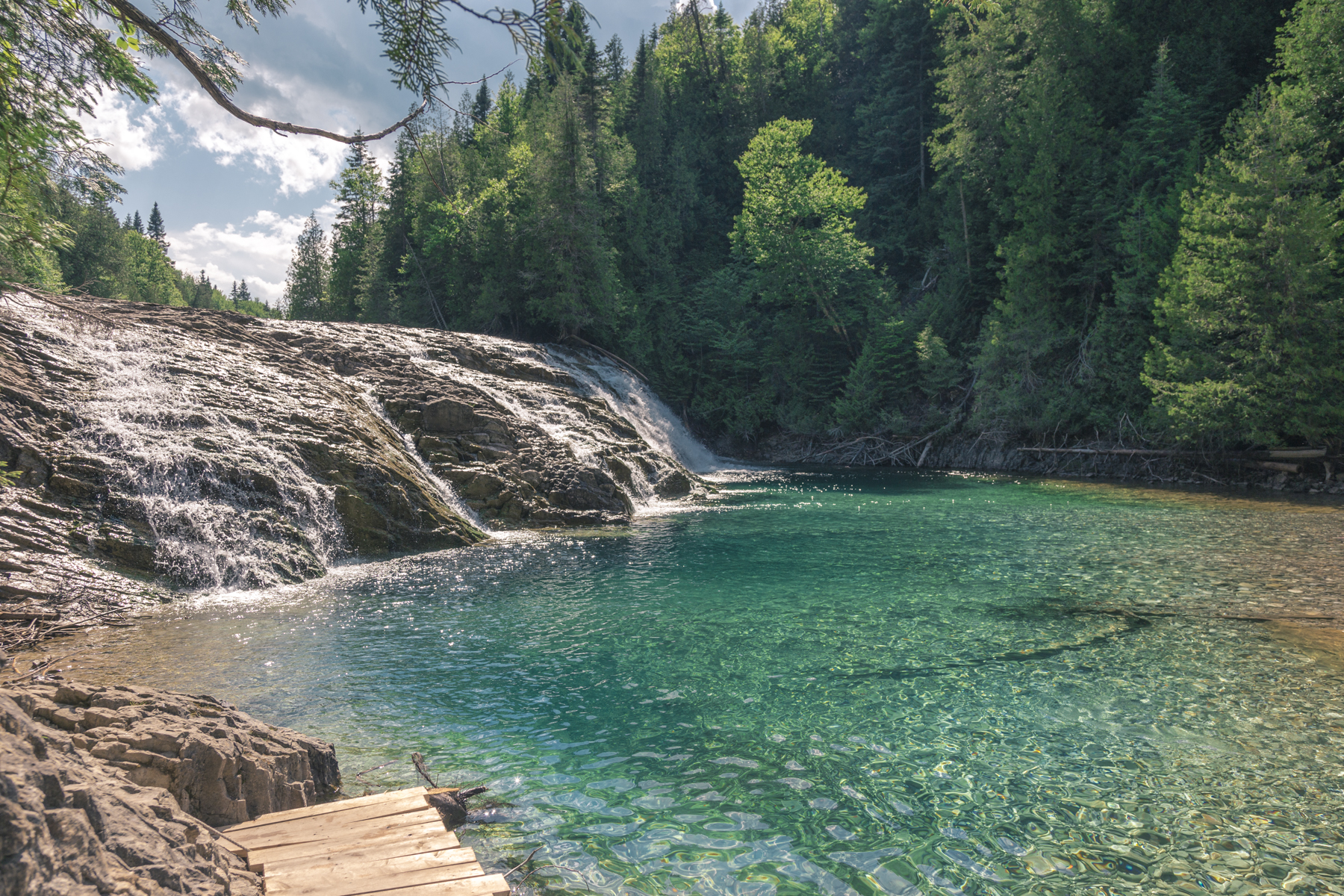

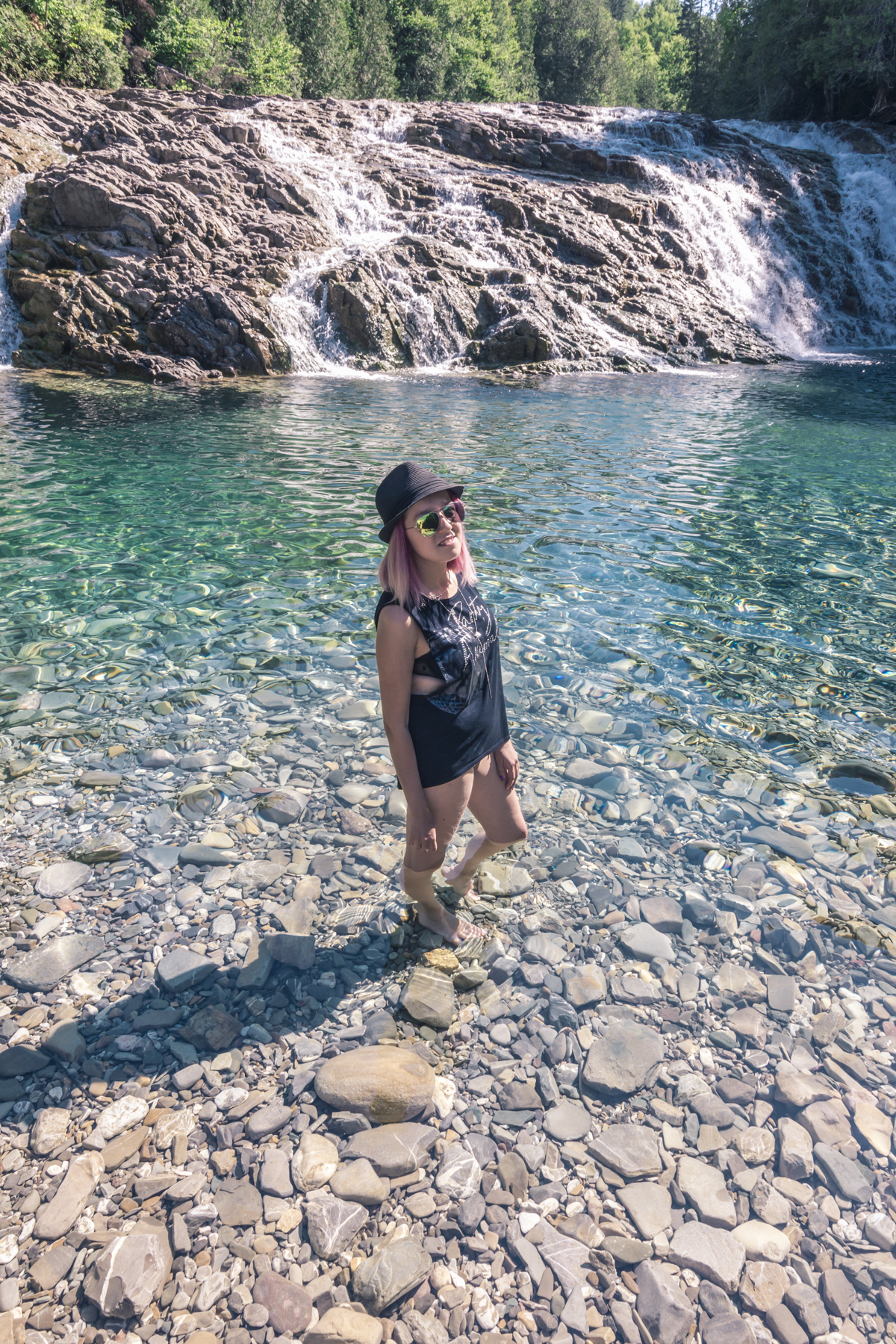
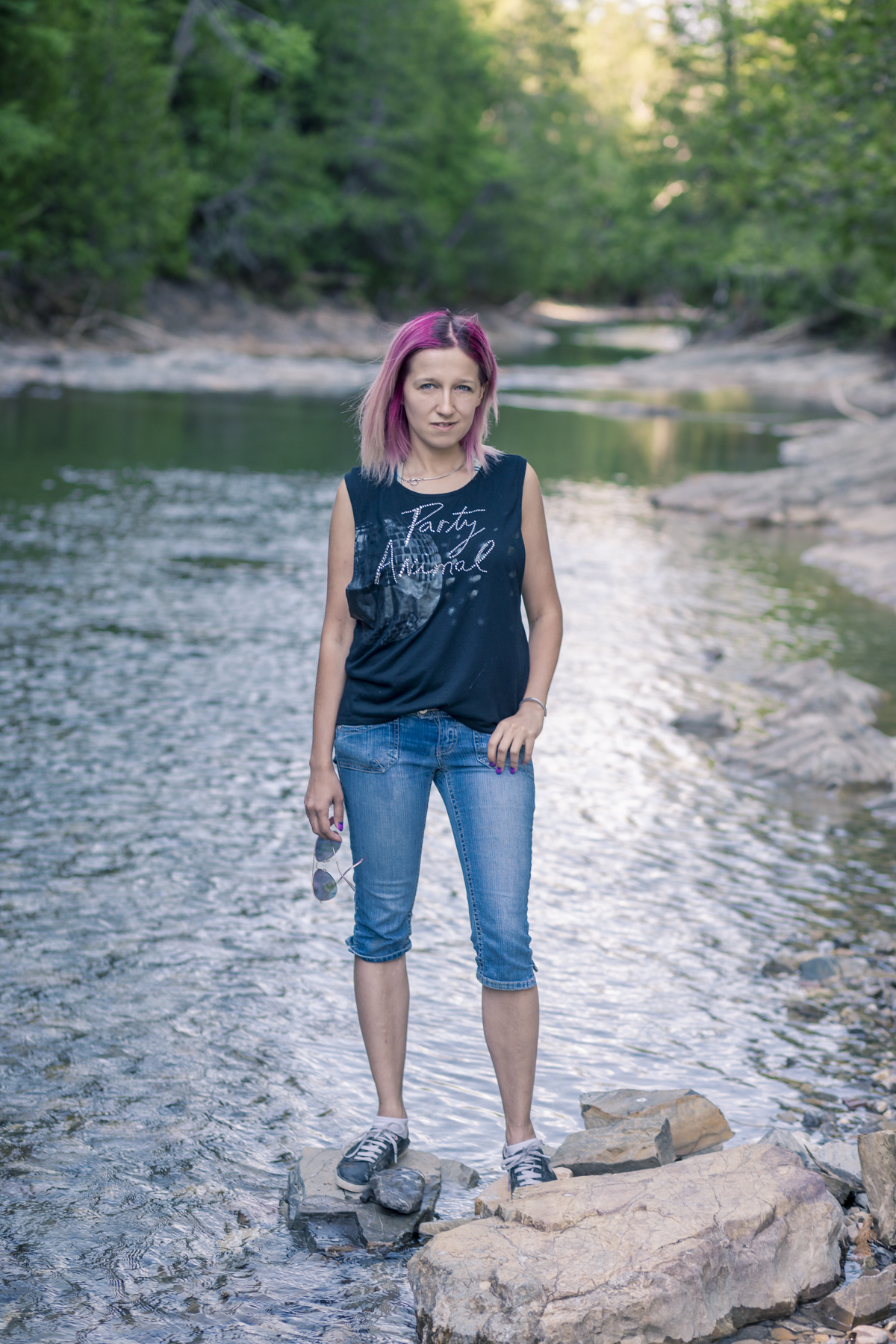


Rocher Percé
The following day we spent it in Percé. We found out that when the tide is low (Low tides schedules here) there is a place where you can actually walk up to the Percé rock so we had a very nice afternoon walk. Useful tip (wish I would've known): bring water shoes or at least flip flops; there might be a portion where the water didn't fully recede. and the rocks are painful to walk on barefoot.


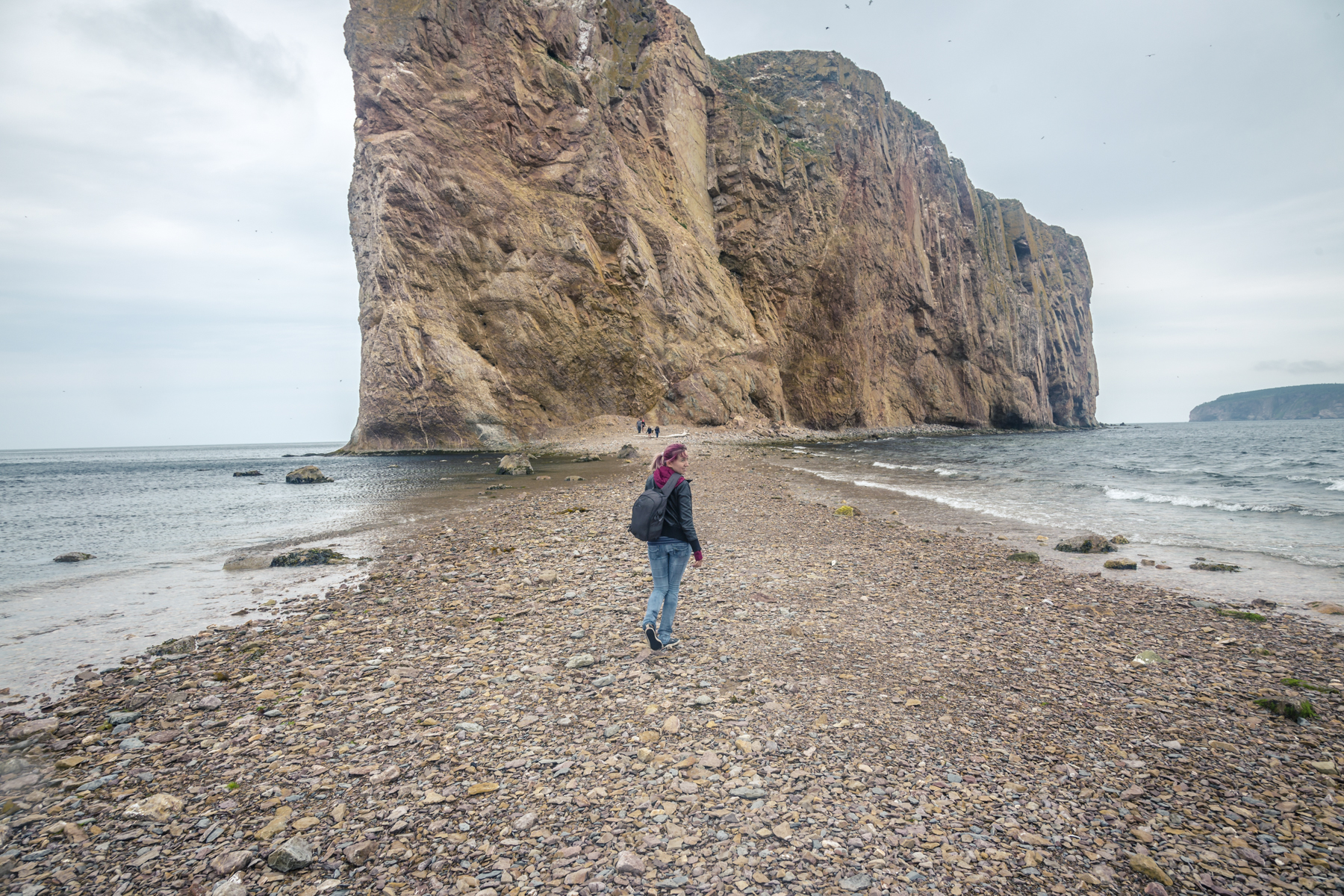

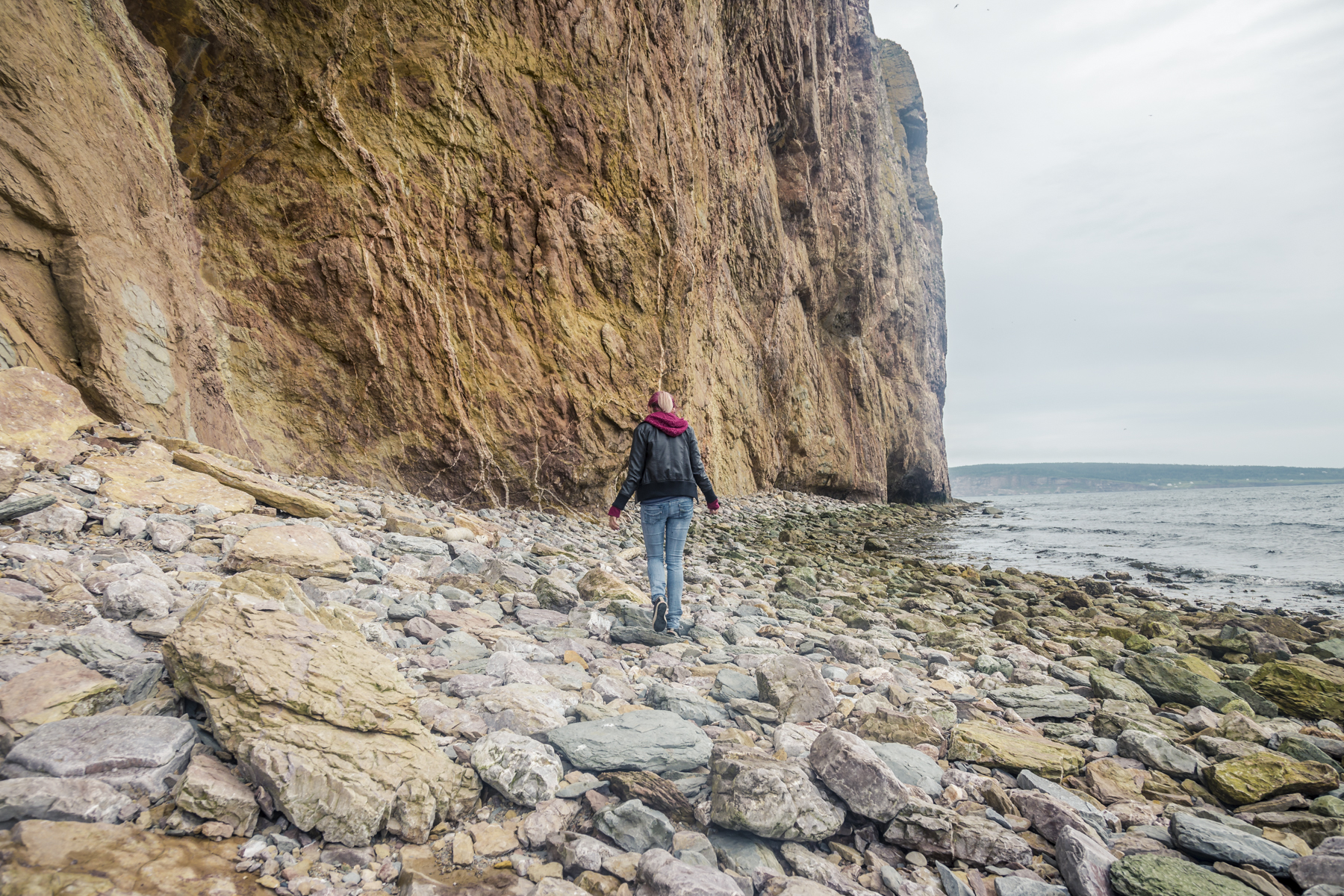
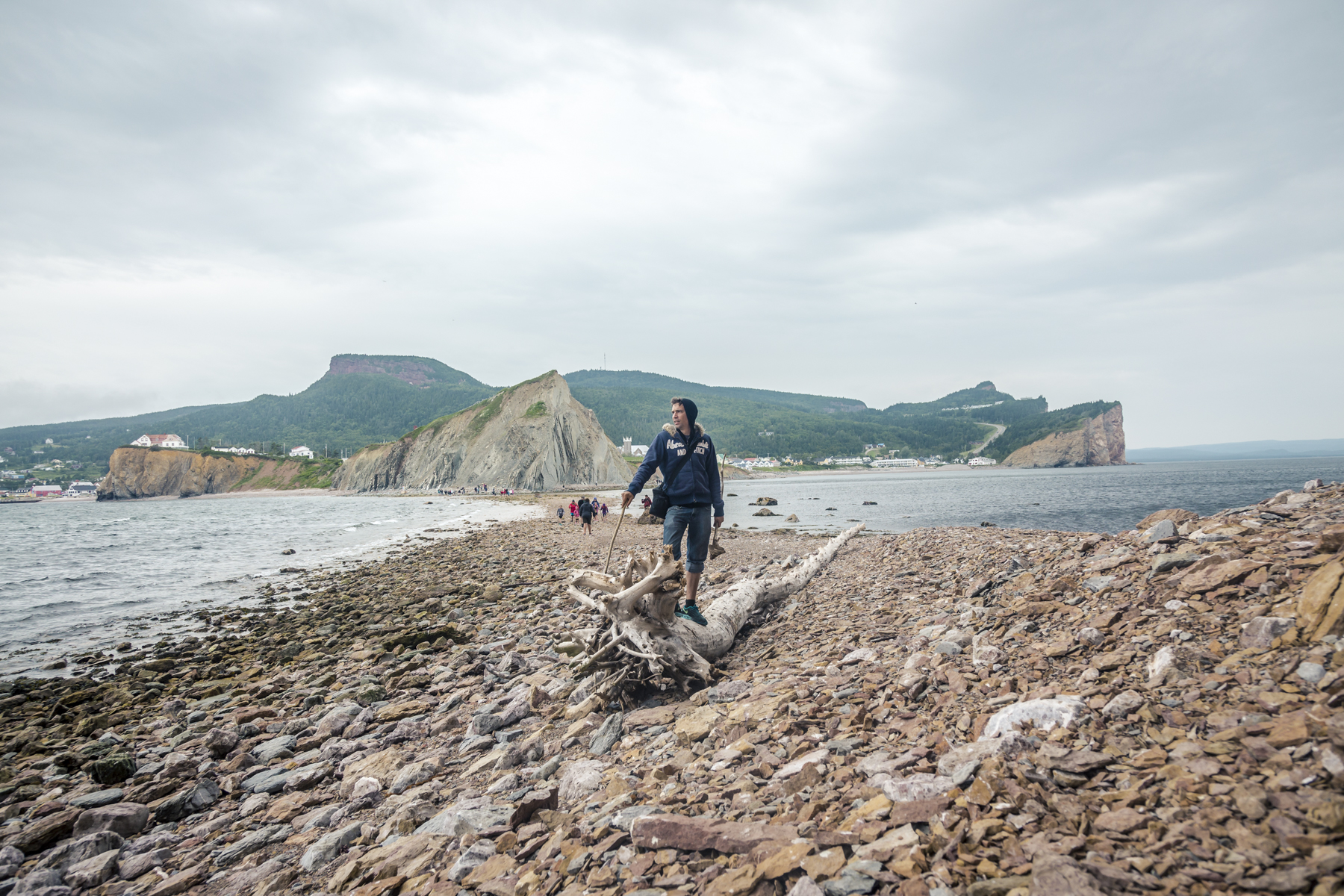
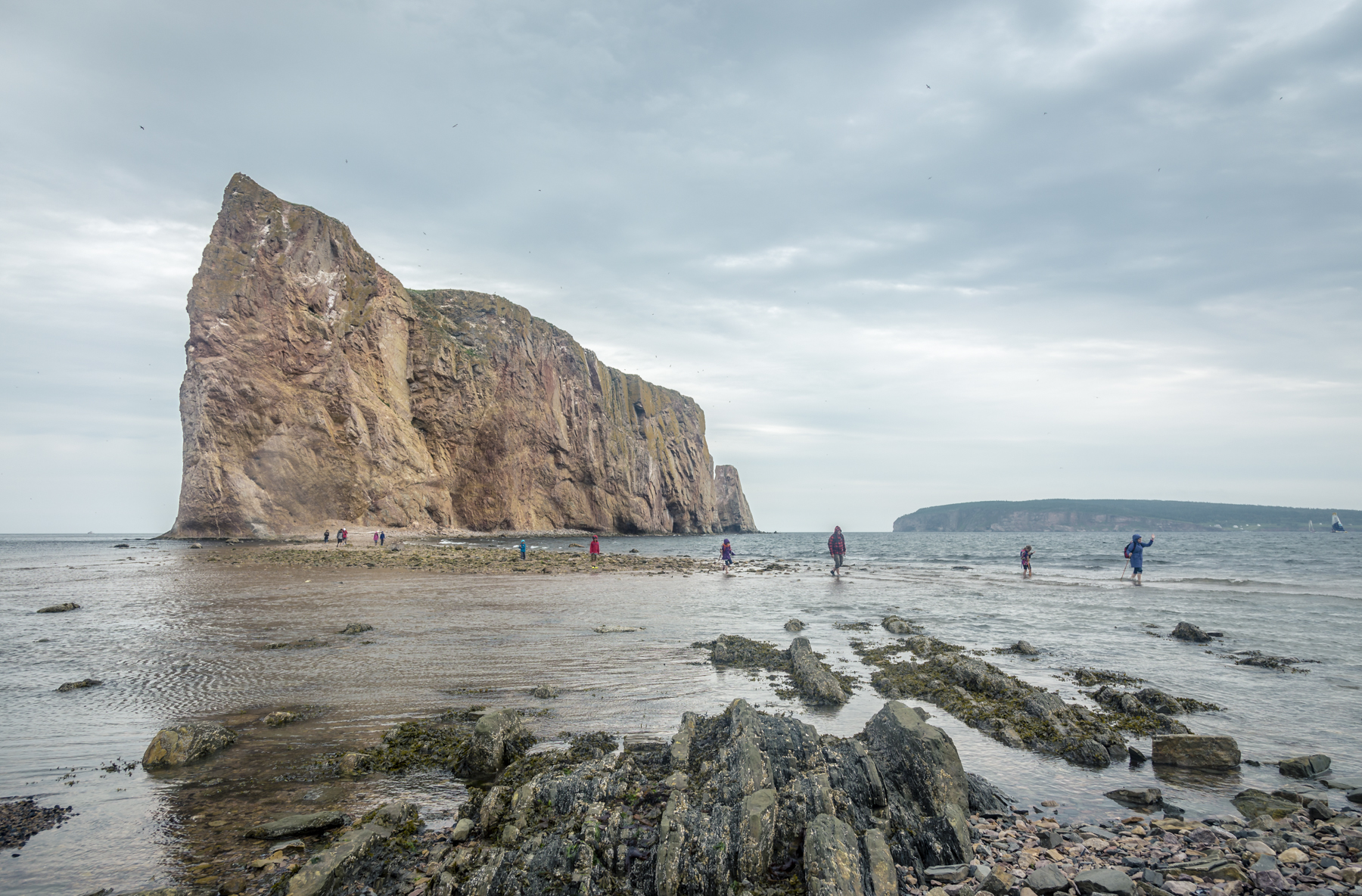
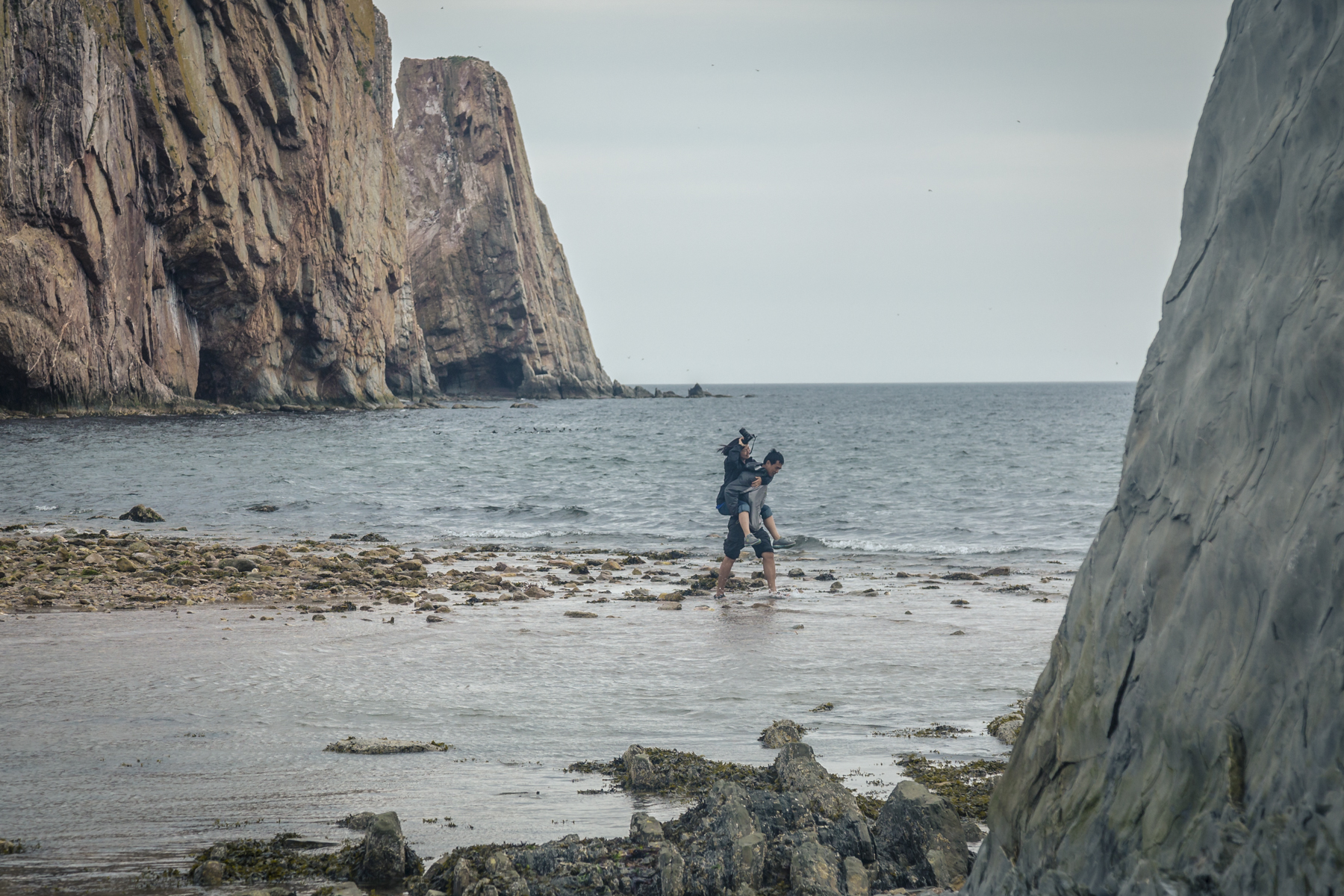
Sea Shack
For the last part of our road trip we head off to Sea Shack. Sea Shack...fun place...It's a bar on beach, kind of hippy, with cozy terrasses and chilling spots, with a hot-tub overlooking the water, with camping spots right on the beach (they have other types of accommodations too), with friendly staff, fun people, and good parties. But you really have to be there to feel the vibe of the place to understand...it's really all about good vibes and good times. But if you're going there hoping for some peace and quiet, you're in the wrong place; there's music at the bar till the wee hours of the night and there's people around the fire on the beach till the sunrise. I wish I took photos that actually capture the feel of the place. We had a little thunderstorm the night we got there, so I only have pictures from before it started to rain and I put my camera away.
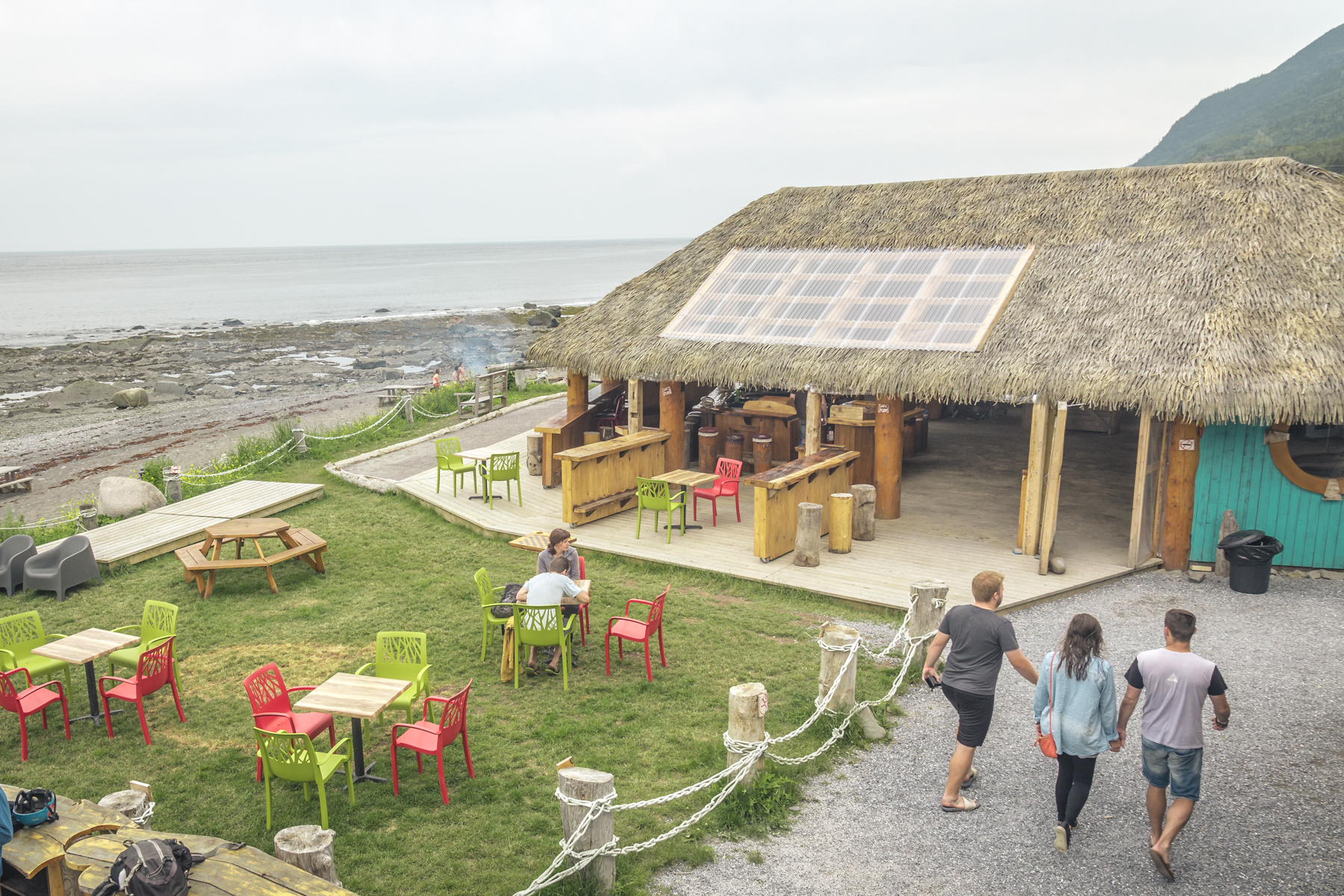
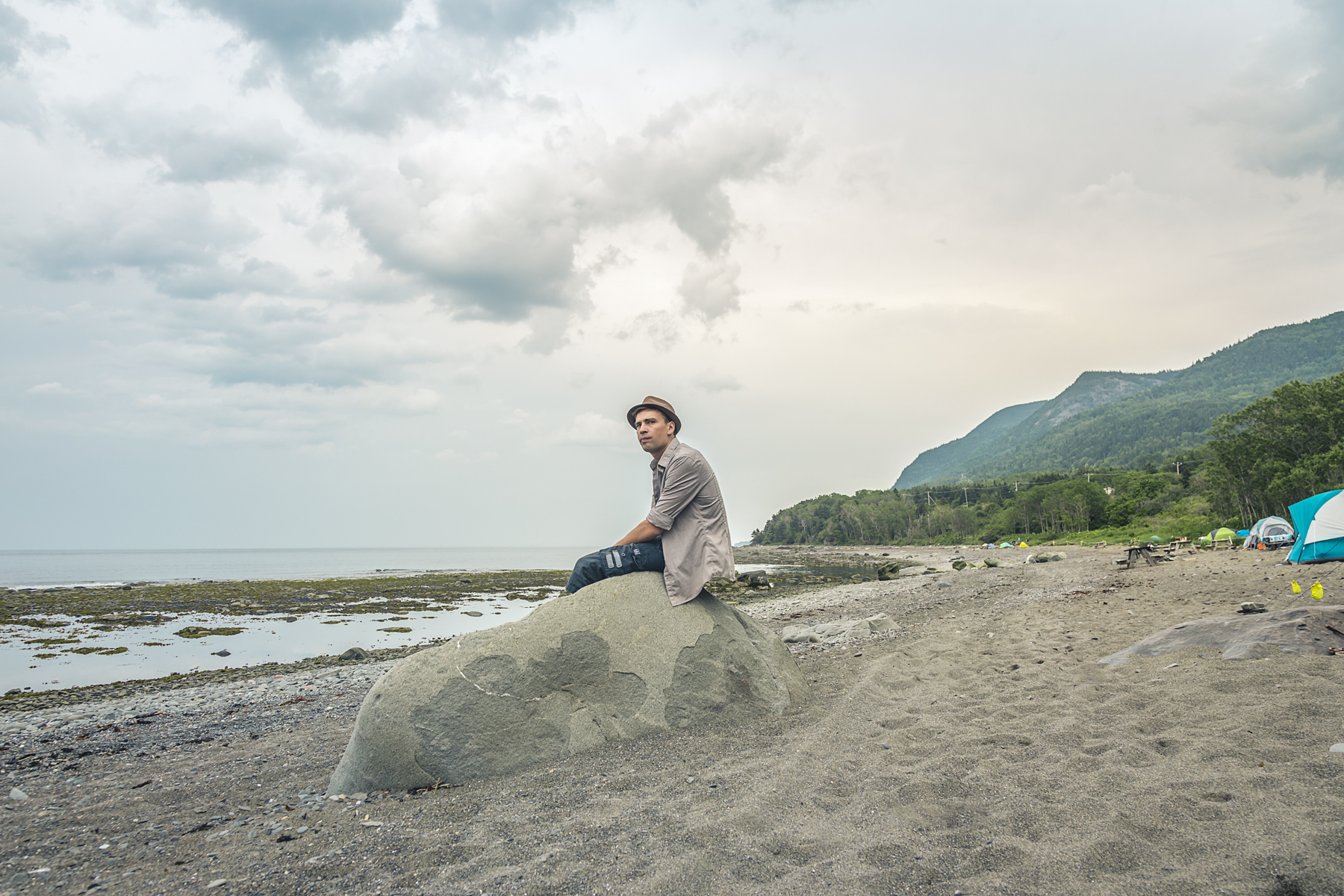
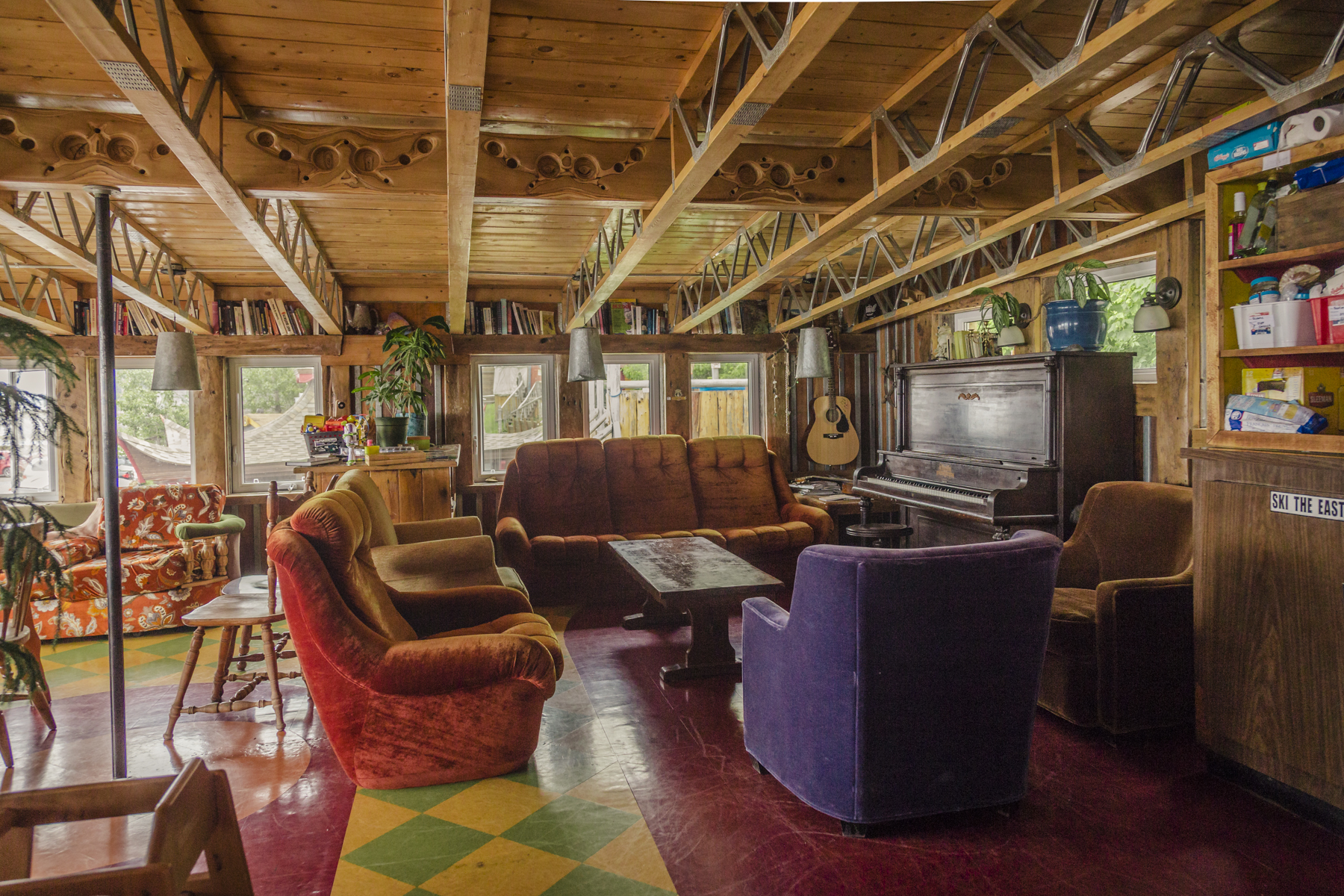
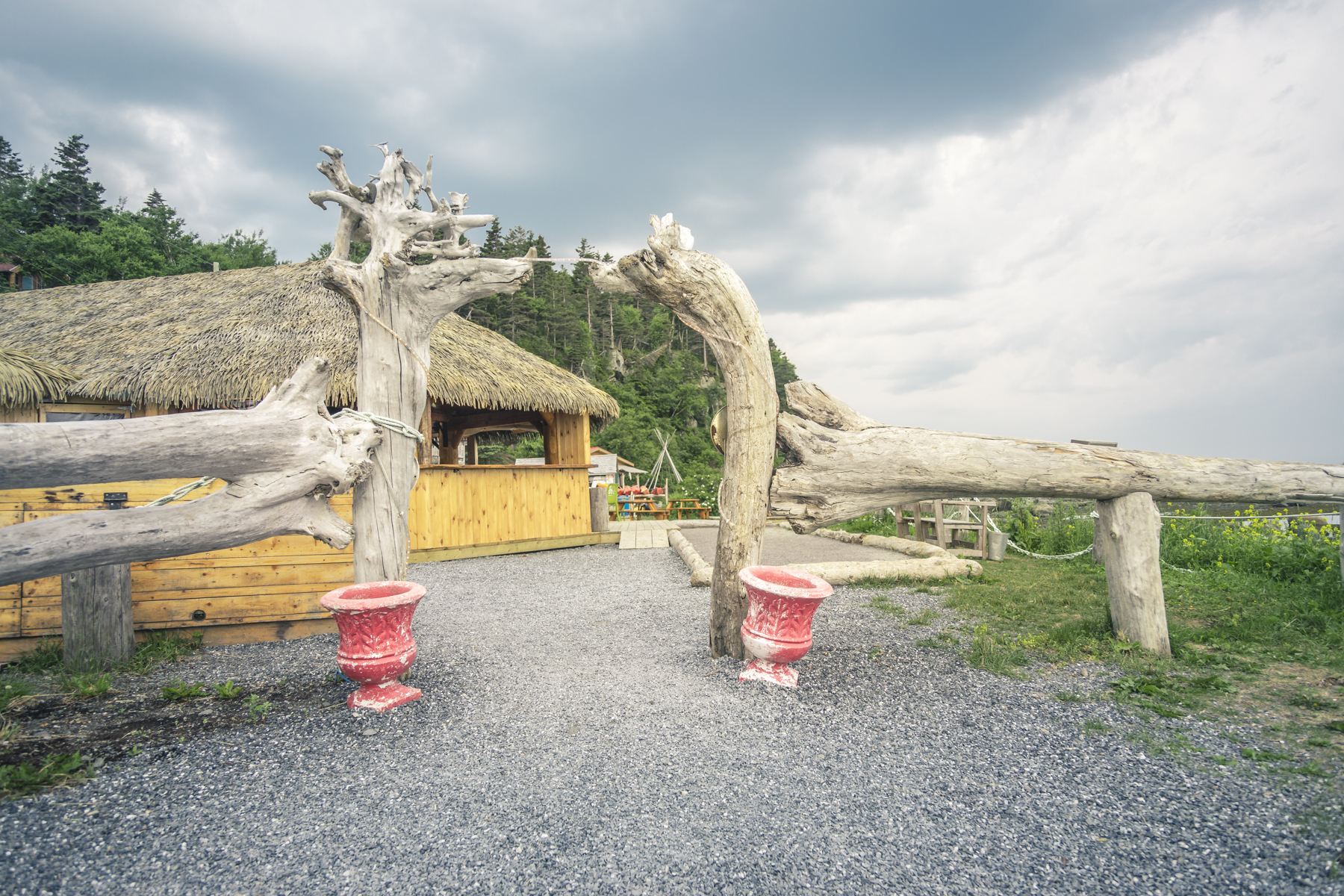
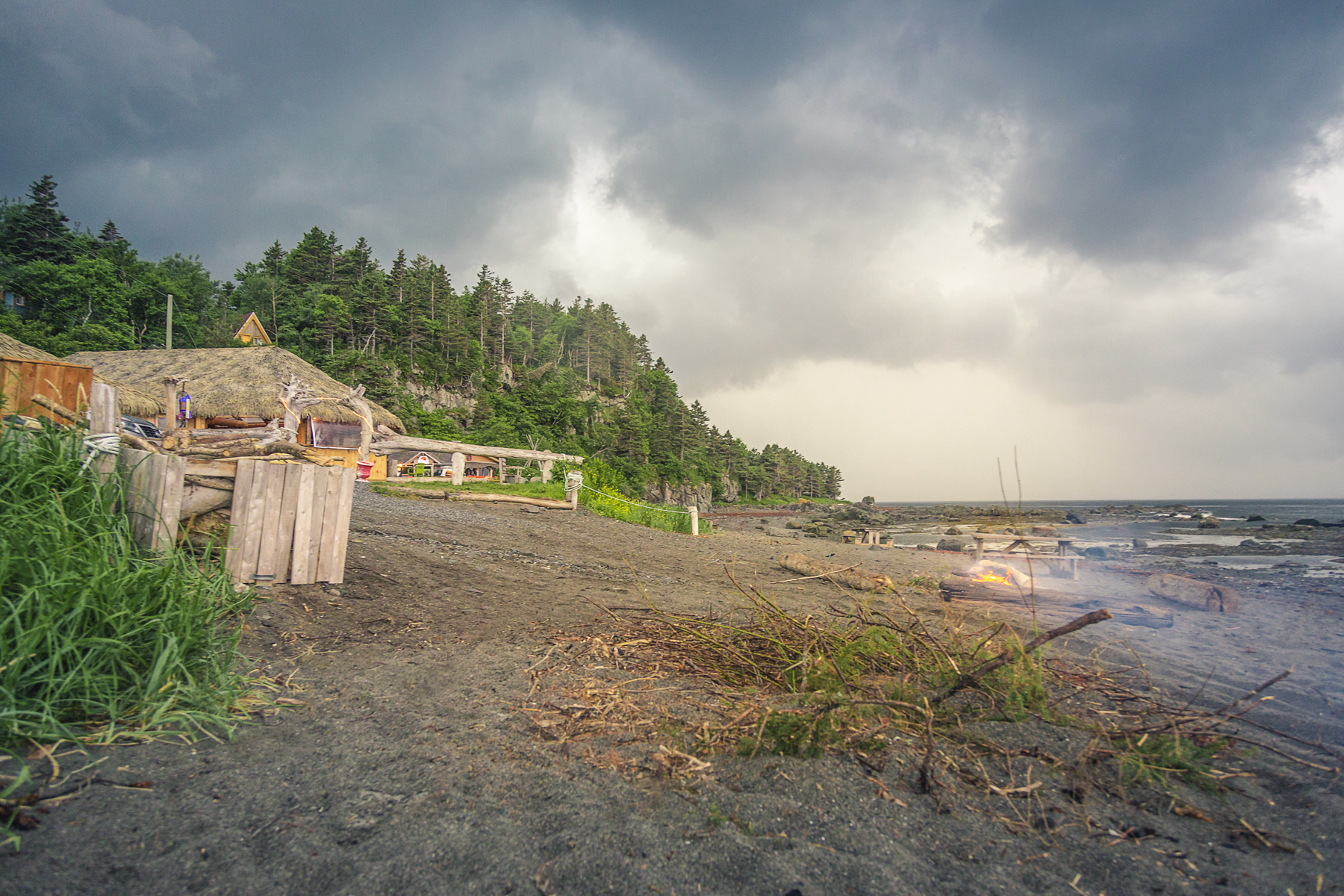
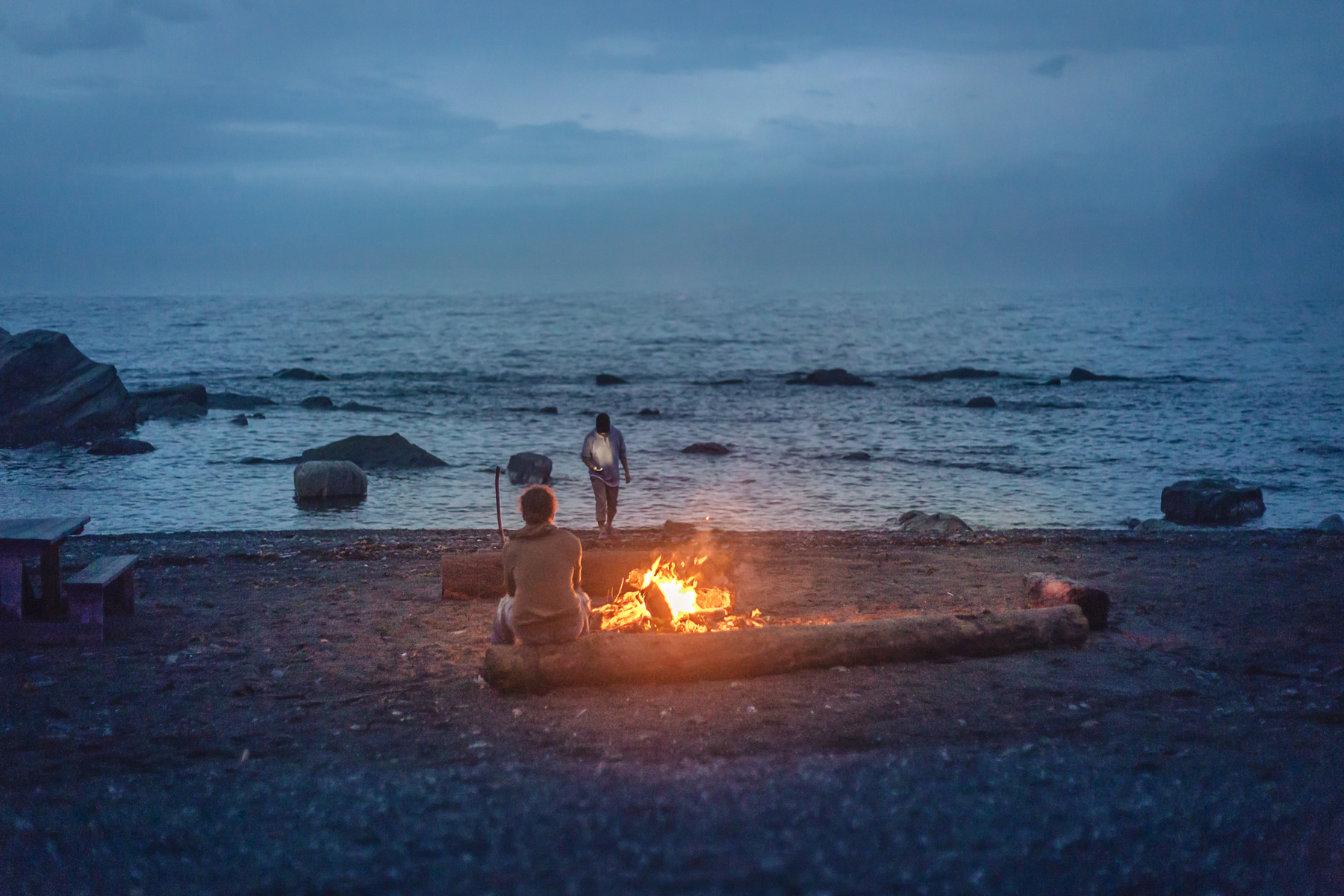
After Sea Shack, we went back to Carleton for another horse race gig, then off to Montreal. Gaspésie was really beautiful and fun. It was nature explorations but done my own way: with the camera in one hand and my phone in the other looking for connection in the forest "Wait for me!!! I was answering an e-mail; they want to order some prints for Saturday"...Ah! That freelance life :))))
So these are my Gaspésie stories. If you've been there, I'd love to hear some of your stories too, so please feel free to leave a comment down below.
For my everyday stories, follow me on Instagram.
Cheers!
Tora
